23 Horror Subgenres: A Terrifying Roundup
Join us on a fear-filled journey as we dissect horror's multitude of harrowing subgenres.
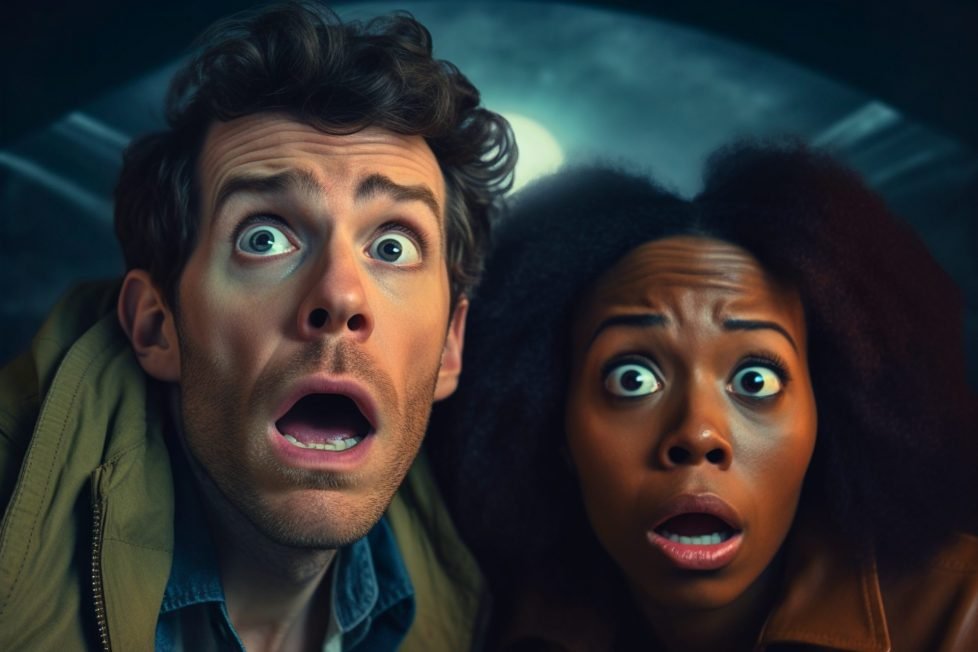
Table of Contents
ToggleWhen The Exorcist opened in 1973, reports emerged that some audience members were so scared by the on-screen events that they vomited, fainted, or ran from the theater. Rather than keeping people away, the word-of-mouth only drew more crowds, making the film become a huge box office smash that regularly attracted queues around the block.
This begs the question: What part of puking, passing out, or fleeing in terror made others want to subject themselves to a movie that provoked such extreme reactions?
We humans have always been fascinated with the things that terrify us, and horror movies find our fight-or-flight instinct alive and well. When a scary film hits that raw nerve of fear, do we turn it off, hide behind the couch, or bravely soldier through and emerge after the credits with a relieved “I made it” grin?
Filmmakers have been making horror movies since the very dawn of cinema, and it has developed many subgenres over more than a century to cater for just about every personal fear. That’s the fun part: What might be terrifying to one person can simply provoke a shrug from the next. Horror is incredibly subjective and rarely provokes a neutral response. Fans of slasher movies might complain that something like The Blair Witch Project was just three people running around in the woods. Meanwhile, devotees of the found-footage hit may dismiss slashers as too gratuitous to be scary, leaving very little to our most powerful receptor: the imagination.
Chances are that if something really gives you the creeps, there will be a horror movie that plays on that fear. Categorizing films can be tricky because, perhaps more than any other well-established genre, horror subgenres frequently cross over. Just take Sam Raimi’s The Evil Dead (1981) which mixed backwoods terror, demonic possession, splatter, and the supernatural, not to mention creating a microgenre of its own: the Cabin in the Woods horror. Let’s take a look at the many subgenres and their place in horror history.
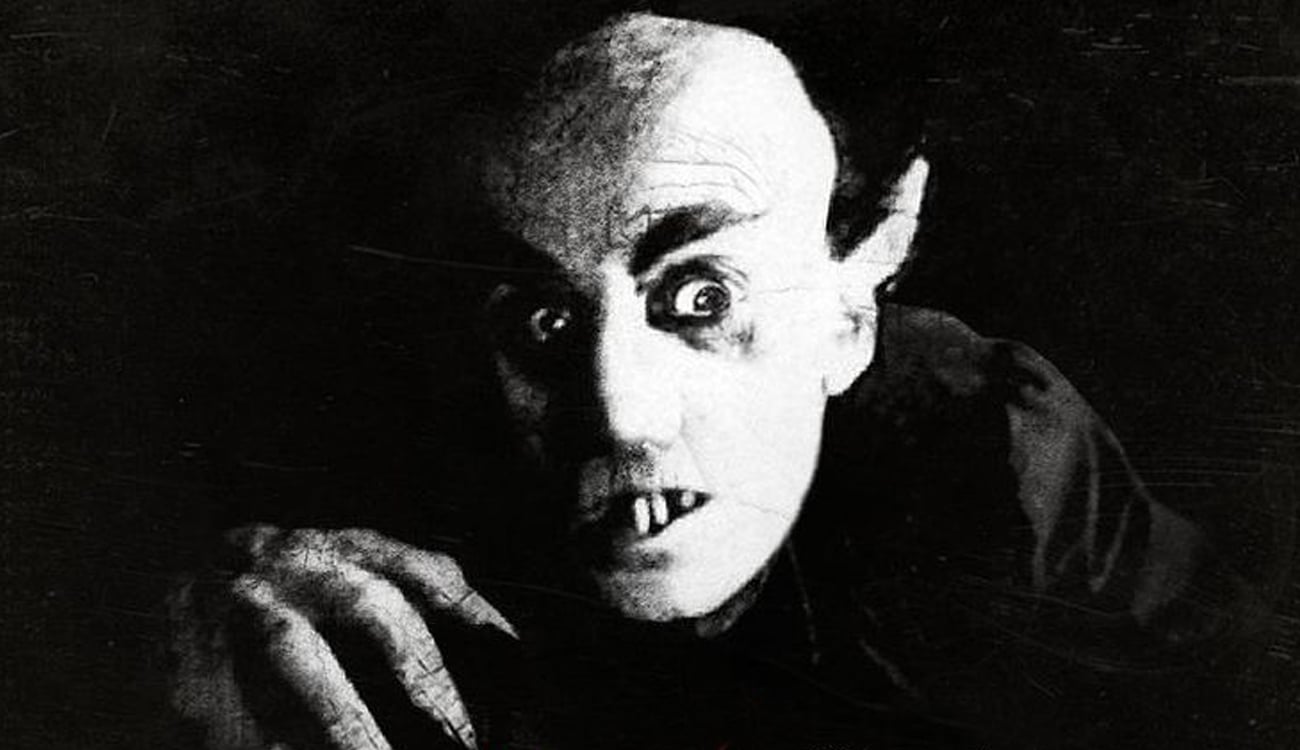
Many modern viewers tend to struggle with silent cinema. As a result, scary movies made before the advent of sound recording are often lumped together into a single category.
Almost from the moment cinematic pioneers and innovators discovered that they could successfully capture moving images on film, they used their new techniques to make the world’s first horror movies. The origin of the genre is traced back to Le Manoir du Diable (The House of the Devil) from George Méliès in 1898, three minutes of visual trickery involving ghosts, bats, and Old Nick himself.
From that point, horror became one of the earliest film genres. Two of the most important works from this era came from Germany: The Cabinet of Dr. Caligari (1920) and Nosferatu (1922). With their stunning visual style and sinister atmosphere, they were both striking examples of German Expressionism, which would have a major impact on film noir. As such, these two bold early horror masterpieces still influence cinema over a century later.
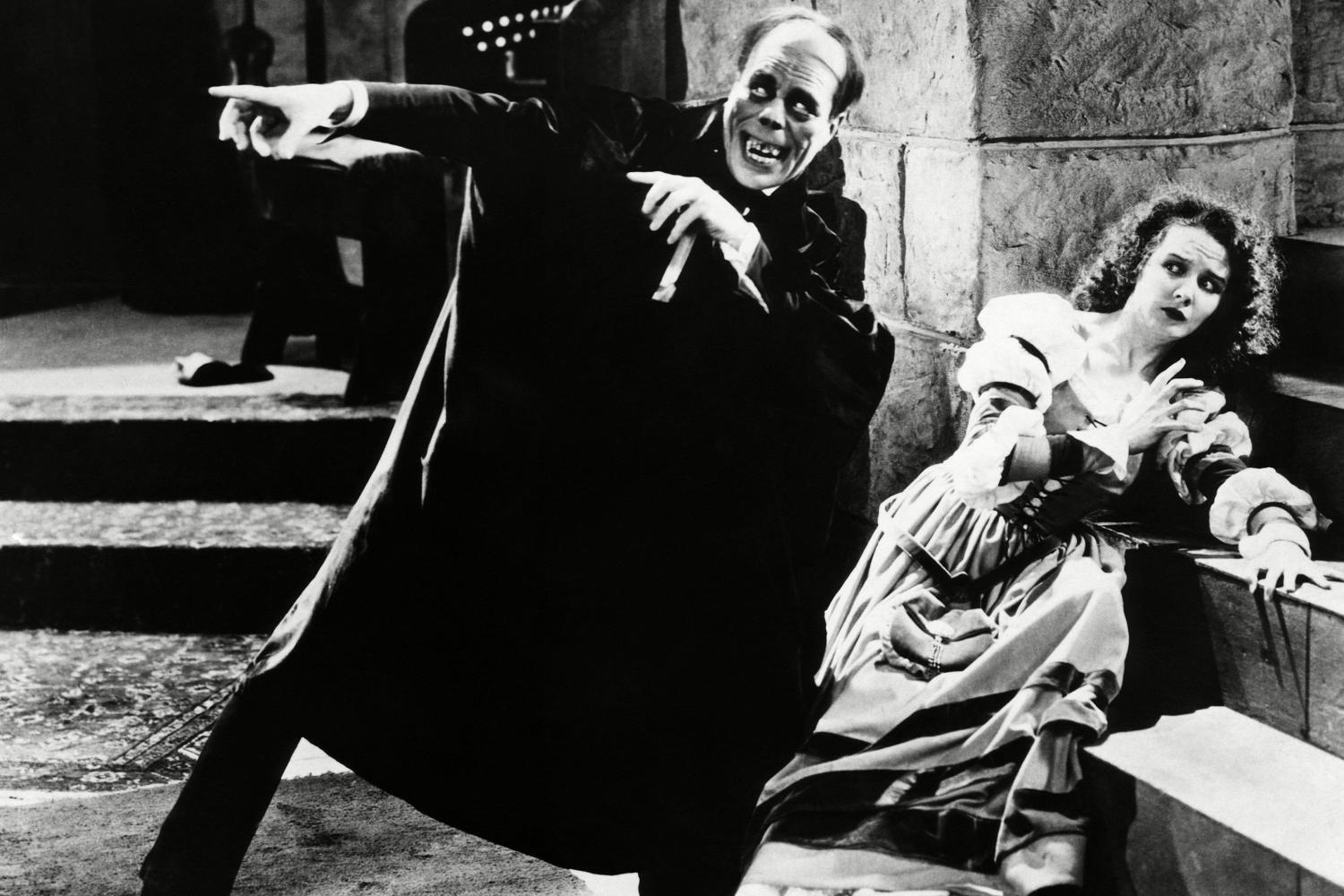
Arguably the greatest silent horror star was Lon Chaney, who became known as “The Man of a Thousand Faces” for his dedication to transforming into ghastly screen monsters through lengthy (and sometimes painful) makeup techniques, starring in early classics like The Hunchback of Notre Dame (1923) and The Phantom of the Opera (1925). One of his most frightening disguises was in the lost film London After Midnight (1927).
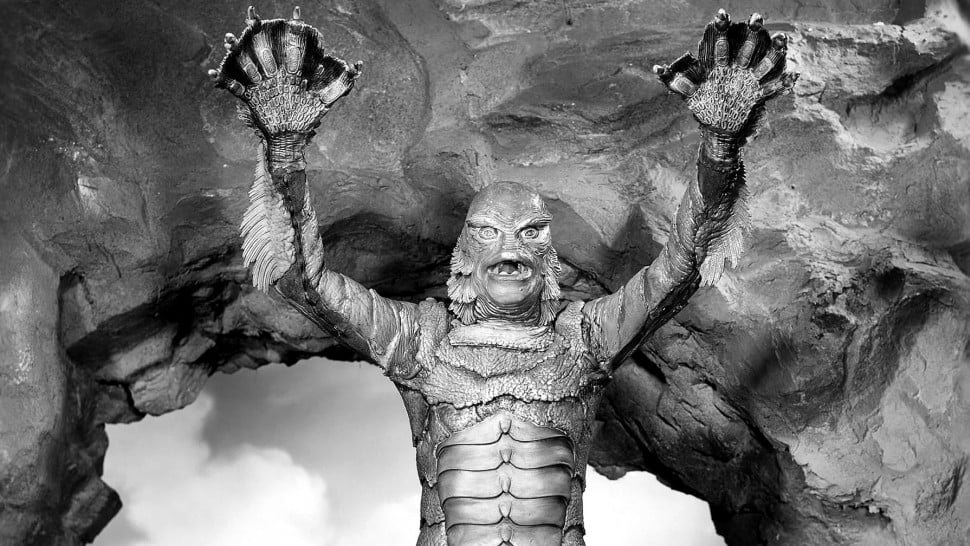
During the early days of sound through to the 1950s, Universal Studios made a series of films that retrospectively became known as Classic Monsters. The series began in 1931 with two literary adaptations, Dracula and Frankenstein, which made superstars of their lead actors, Bela Lugosi and Boris Karloff respectively.
Dozens of other films would follow, most notably The Mummy (1932), The Invisible Man (1933), The Wolf Man (1941) and Creature From the Black Lagoon (1954). These movies established modern horror as we know it and made their unforgettable monsters pop culture icons. During the latter stages of this classic period, these famous creations crossed over into comedy with a series of spooky adventures for Abbott and Costello.
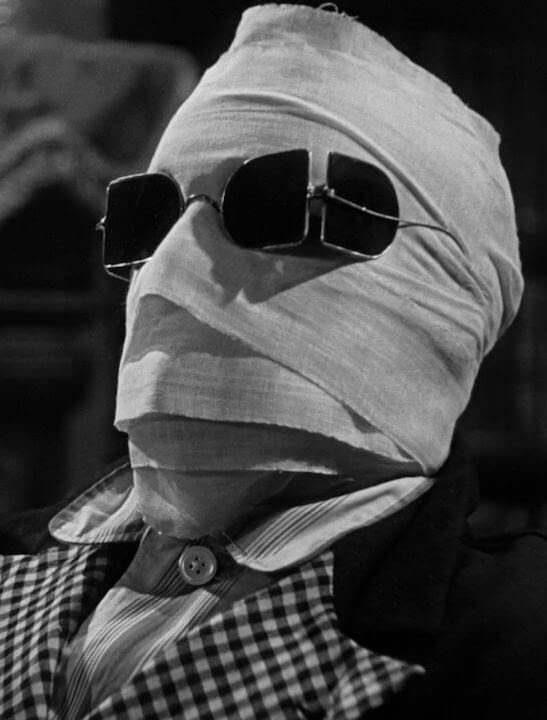
RKO Studios was also a major player during this era with a string of classy horror movies. King Kong (1933) both wowed and shocked audiences with stop-motion special effects unlike anything they’d seen before, and Cat People (1942) is credited with providing cinema’s first jump scare.
After the global trauma of the Second World War, a new kind of terror emerged from the ashes of Hiroshima and Nagasaki and the start of the Cold War: nuclear annihilation. These fears, corresponding with advances in technology and the beginning of the Space Race, gave rise to a new breed of screen monsters.
Atom Era cinema saw horror regularly merge with the booming science fiction genre. These movies often featured monsters that were created, unleashed, mutated, or enlarged by mankind’s foolhardy meddling with the atom. If these Earth-bound threats weren’t enough, we also had hostile alien visitors to contend with, such as the menacing Martian war machines in The War of the Worlds (1953).
One key film from the early ‘50s was The Beast From 20,000 Fathoms (1951). Not only did it have a wonderful stop-motion dinosaur from animation wizard Ray Harryhausen trashing New York, it also inspired the quintessential atom-era monster: Godzilla (1954). It may be easy to poke fun at the obvious guy-in-a-rubber-suit nature of the towering Kaiju, but Ishirō Honda’s original film used the creature to evoke the devastation wrought by a nuclear attack.
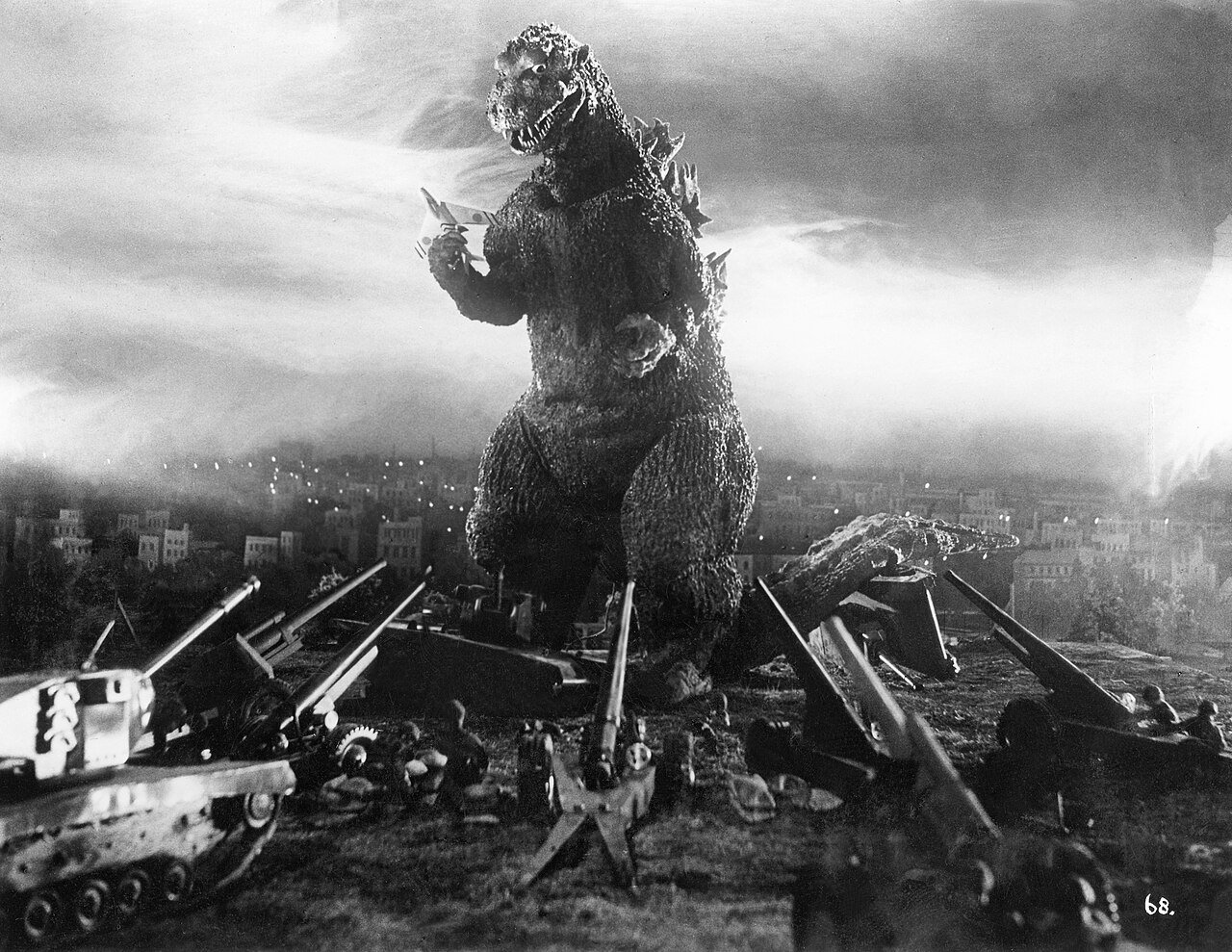
The ‘50s was also a paranoid time in Hollywood with McCarthyism and the Second Red Scare, a period that was reflected in some important sci-fi horrors of the period. Invasion of the Body Snatchers (1956) can be read as an allegory for both McCarthyism and Communism, and the ever-growing red threat of The Blob (1958) was a handy metaphor for how many Americans viewed the Soviet Union at the time.
Sci-fi horror’s next boom period began in the late ‘70s, boosted by the renewed mainstream interest in science fiction that came after the blockbusting success of Star Wars (1977). Ridley Scott’s Alien (1979) was a critical and commercial hit that introduced a truly nightmarish alien species and paved the way for the ‘80s.

During the decade, sci-fi horror often took inspiration for the atom-era flicks of the ‘50s, which was no coincidence because some of the key films were directed by men who had grown up on the likes of The Day the Earth Stood Still and The Thing From Another World (both 1951). One of them was John Carpenter, who remade the latter as The Thing (1982). The film was a box office flop but has since become accepted as one of the greatest of its genre, combining nail-biting suspense and astonishing practical creature effects from Rob Bottin.
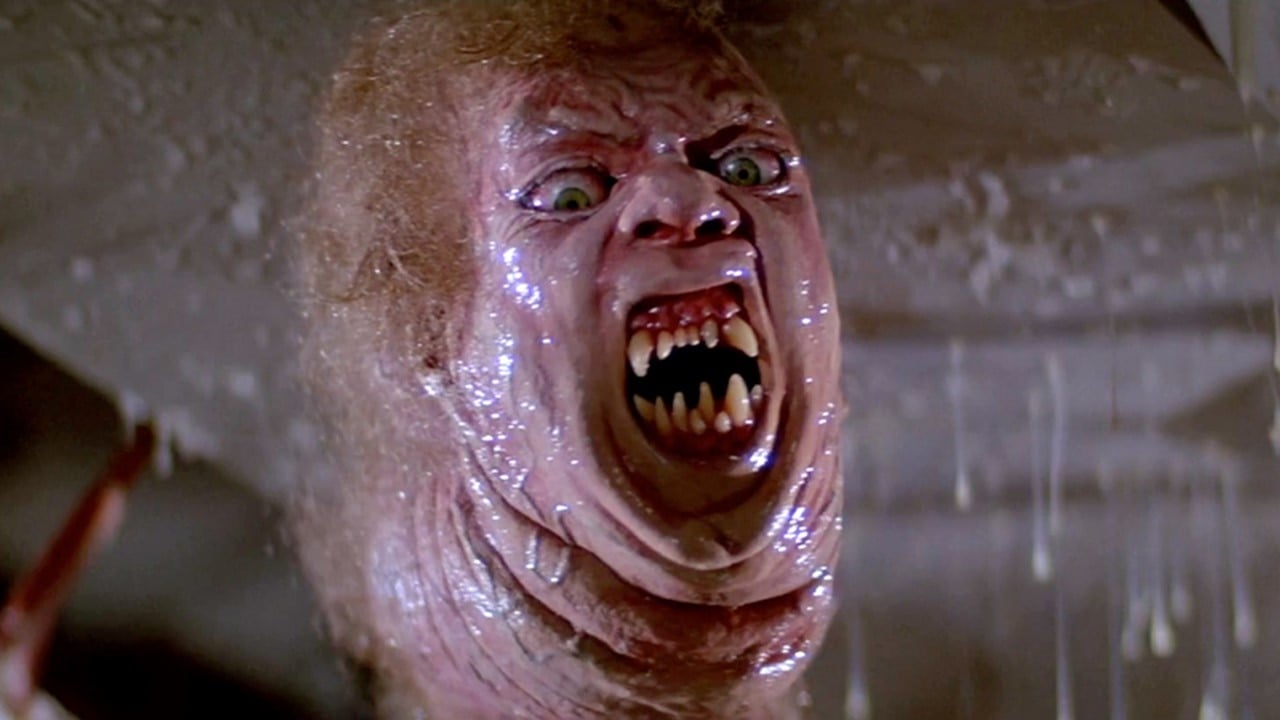
Two other horror masters, David Cronenberg and Tobe Hooper, also remade The Fly and Invaders From Mars (both 1986) respectively, and Chuck Russell’s The Blob (1988) improved significantly on the original. Other films leaned into the ‘50s format with tongue firmly in cheek, as in Night of the Creeps, Critters (both 1986) and Killer Klowns From Outer Space (1988).
Meanwhile, gung-ho ‘80s action merged with horror in James Cameron’s Aliens (1986) and John McTiernan’s Predator (1987). McTiernan’s film, which somehow made Arnold Schwarzenegger seem like the underdog when stalked by an extraterrestrial hunter, gave us another iconic alien creature who would cross paths with the deadly Xenomorphs when the two franchises converged.
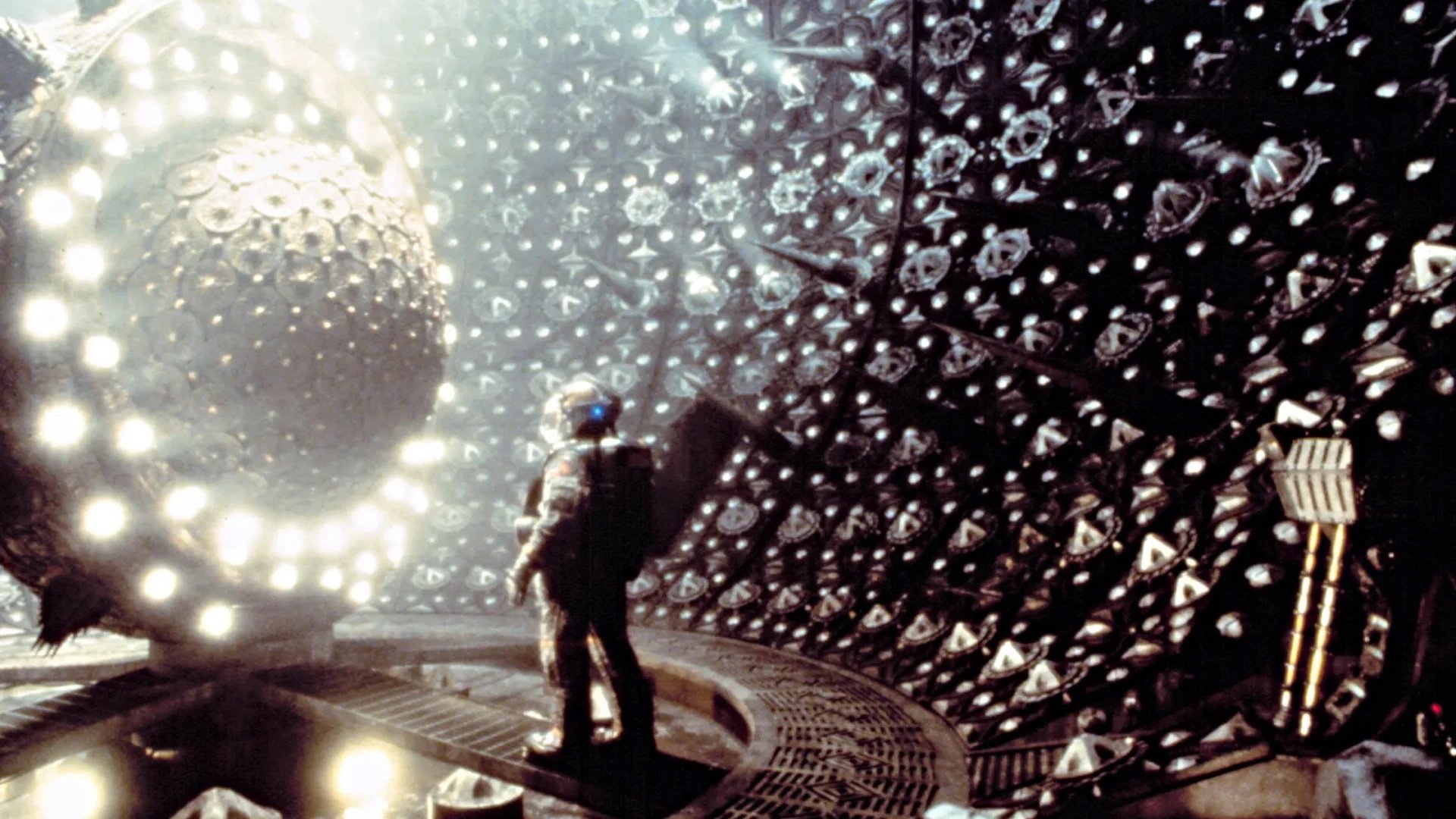
A third classic wave of science fiction horror has yet to fully emerge. In more recent years, there have been notable examples of how the hybrid genre crosses over even further into other categories, such as Event Horizon (1997) which added elements of splatter and cosmic horror; Cloverfield (2008) which combined a city-stomping Kaiju-like alien with found footage; and Attack the Block (2011) which added elements of social realism and “Hoodie Horror,” a very specific microgenre that emerged in the Britain in the 2000s around the fear of disadvantaged youths.
Tales of the supernatural have captivated civilizations for millenia, and cinema has many fine examples of things that go bump in the night. Supernatural horror covers a broad spectrum, but two main strands emerge: Ghosts and/or Haunted Houses. A classic example would be The Uninvited (1944), which is notable for being one of the first supernatural tales that portrayed its central haunting as a real event.
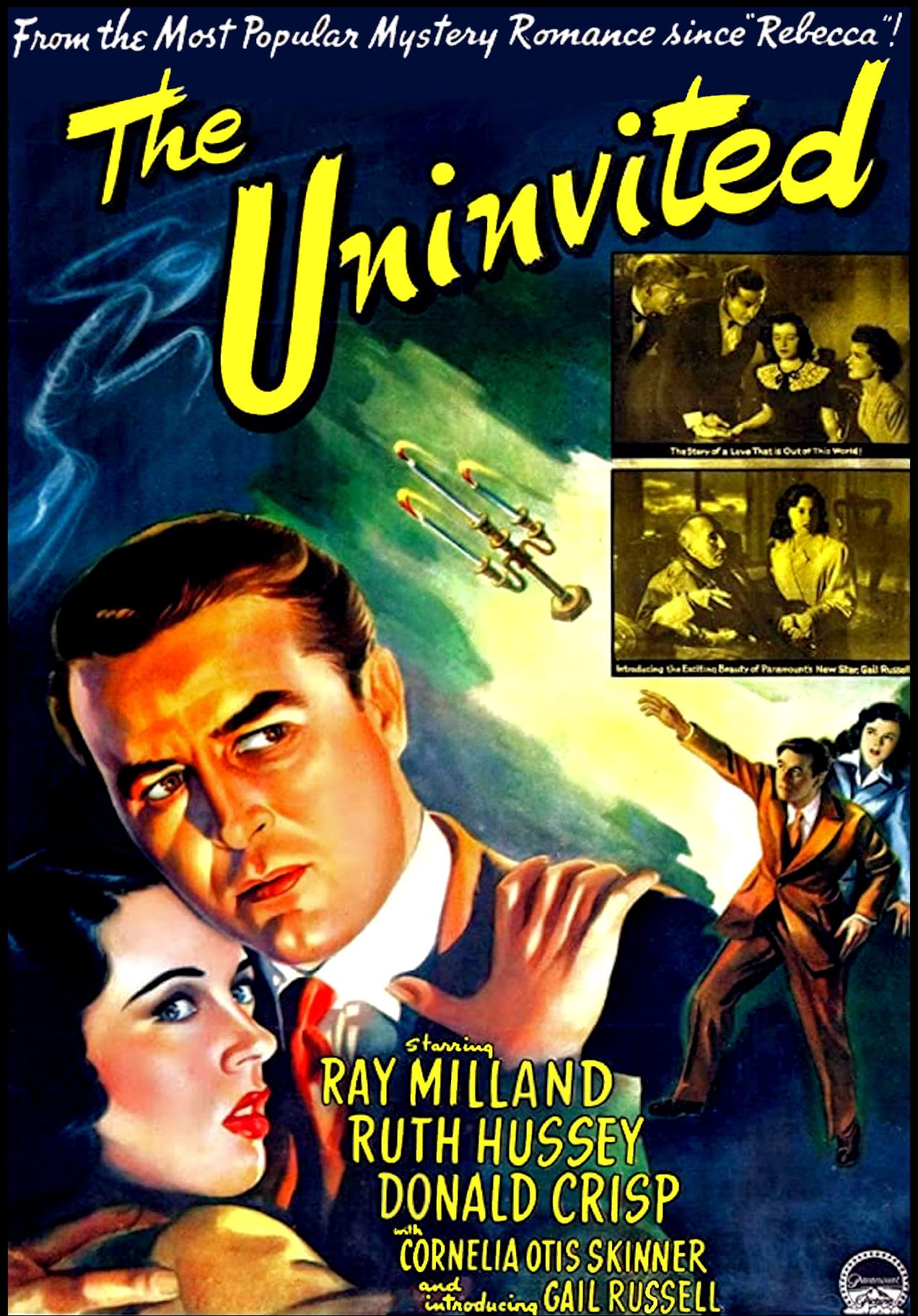
Two of the subgenre’s best came in the early ‘60s with two chilling literary adaptations, The Innocents (1961) and The Haunting (1963), both of which relied heavily on the viewer’s imagination for their insidious scares. Writers continued to provide material for supernatural movies in the ‘70s with The Amityville Horror (1979), based on Jay Anson’s account of a supposedly real-life haunting, and The Shining (1980), Stanley Kubrick’s masterful adaptation of Stephen King’s novel. Famously, the author hated what the director did to his story.
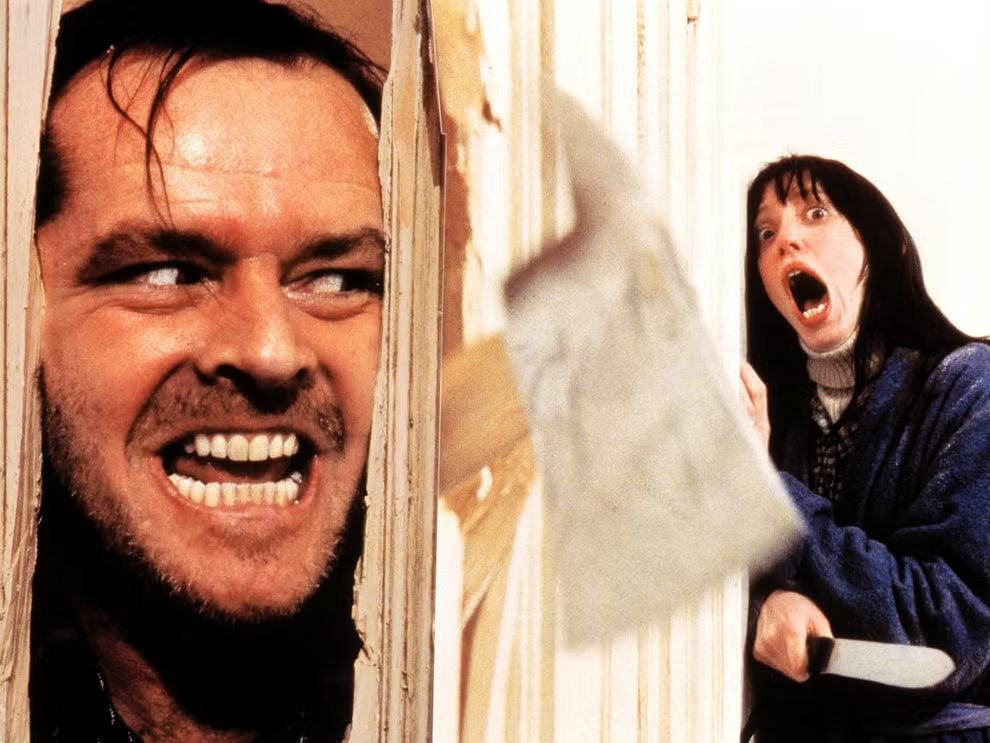
The burgeoning special effects industry kicked off by Star Wars (1977) meant that supernatural movies in the ‘80s increasingly left less to the imagination. Tobe Hooper’s Poltergeist (1982) subjected a nice suburban family to a spectacular array of Industrial Light & Magic ghosts, while Ivan Reitman’s supernatural comedy phenomenon Ghostbusters (1984) combined laughs with show-stopping effects setpieces.
After something of a fallow period while serial killers took the limelight, the supernatural horror returned with a vengeance with some high-profile hits at the end of the ‘90s and beginning of the 21st Century. M. Night Shyamalan established himself as the twist-ending guy with the genuinely spooky The Sixth Sense (1999), while the gothic ghost story The Others put a spin on the same twist two years later.
Over the past 15 years or so, supernatural horror has moved in a different direction. Films like Insidious (2010), Sinister (2012), and The Conjuring (2013) increasingly depended on a gloomy atmosphere and jump scares, as did remakes of Poltergeist (2015) and the TV series The Haunting of Hill House (2018), based on the same Shirley Jackson novel as The Haunting.
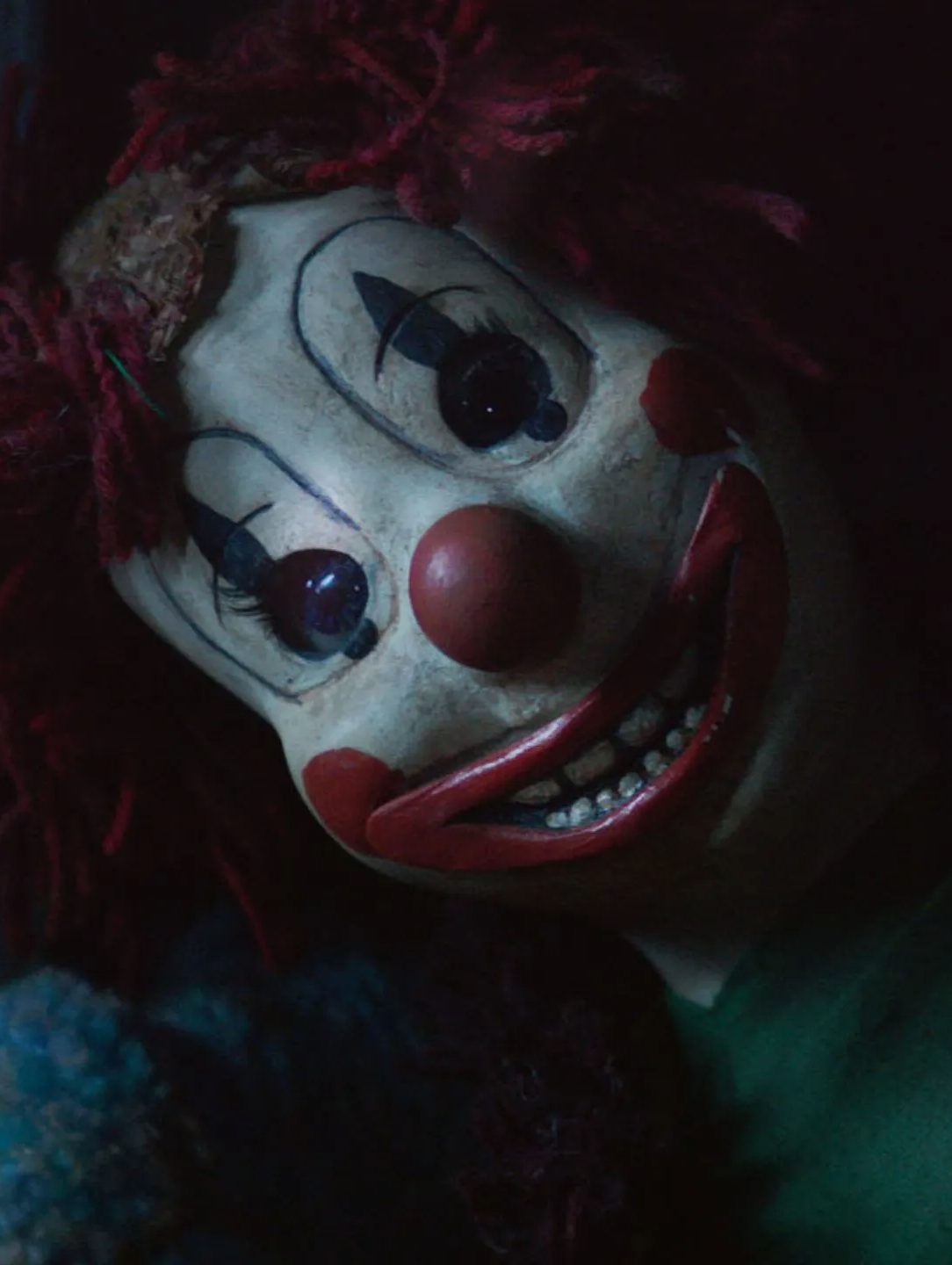
As the name suggests, the psychological horror derives its chills from placing the viewer in the headspace of the protagonist. Often this leads to questions and doubts about their state of mind: Are they going mad? Is it all in their imagination? Or is someone just trying to drive them insane?
This makes the subgenre somewhat difficult to pin down as most horror movies, to a certain extent, depend on the perspective of one or more characters. An early example of a horror that thoroughly explores a character’s mentality is Cat People (1942), which kept the monster offscreen as a woman feared she might turn into a vicious creature if she became aroused.
Charles Laughton’s nightmarish fable The Night of the Hunter (1955) gave us an insight into the psyche of an avaricious serial killer posing as a preacher, and Alfred Hitchcock’s Psycho (1960) also probed a disturbed mind.
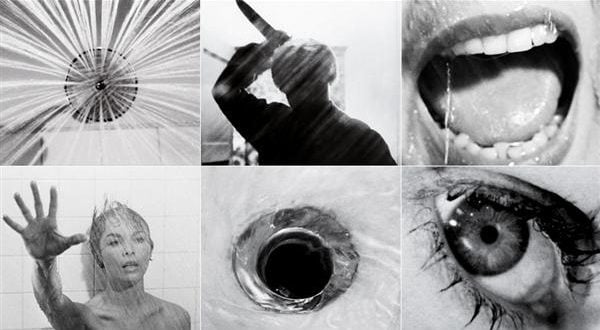
The ‘60s were good for psychological horror, and Roman Polanski had a big hand in this: Repulsion (1965) and Rosemary’s Baby (1968) both claustrophobically put the viewer in the headspace of their distressed protagonists.
Nicolas Roeg’s Don’t Look Now (1973) takes a harrowing look at grief through a supernatural lens, and arguably the best of them all, The Shining (1980) turns a haunted hotel into an Escher-like labyrinth that mirrors the fraying psyche of the family unfortunate enough to be stuck there for the winter.
More recently, psychological horror has reflected social issues, such as Jordan Peele’s Get Out (2017), which explored racial anxiety from the perspective of its black protagonist, and Alex Garland’s Men (2022), a folk horror that tackled toxic masculinity from the point-of-view of a woman trapped in a village full of malicious men.
Zombie movies play on several fears. On a basic level, there is the horrific idea that the deceased can come back to life and feast on us. If we are unfortunate enough to also turn into one, then there is the terrible thought of no longer having control of our bodies or appetites, and we might be reduced to mindless undead cannibals. On a grander scale, zombie movies draw on our apocalyptic concerns that one day civilization as we know it will be destroyed.
Those fears relate to the modern concept of zombies as reanimated corpses or infected humans, as has become the trend more recently. However, zombies were originally bewitched somnambulists with their roots in Haitian voodoo in films like White Zombie (1932) and Jacques Tourneur’s spooky I Walked With a Zombie (1943).
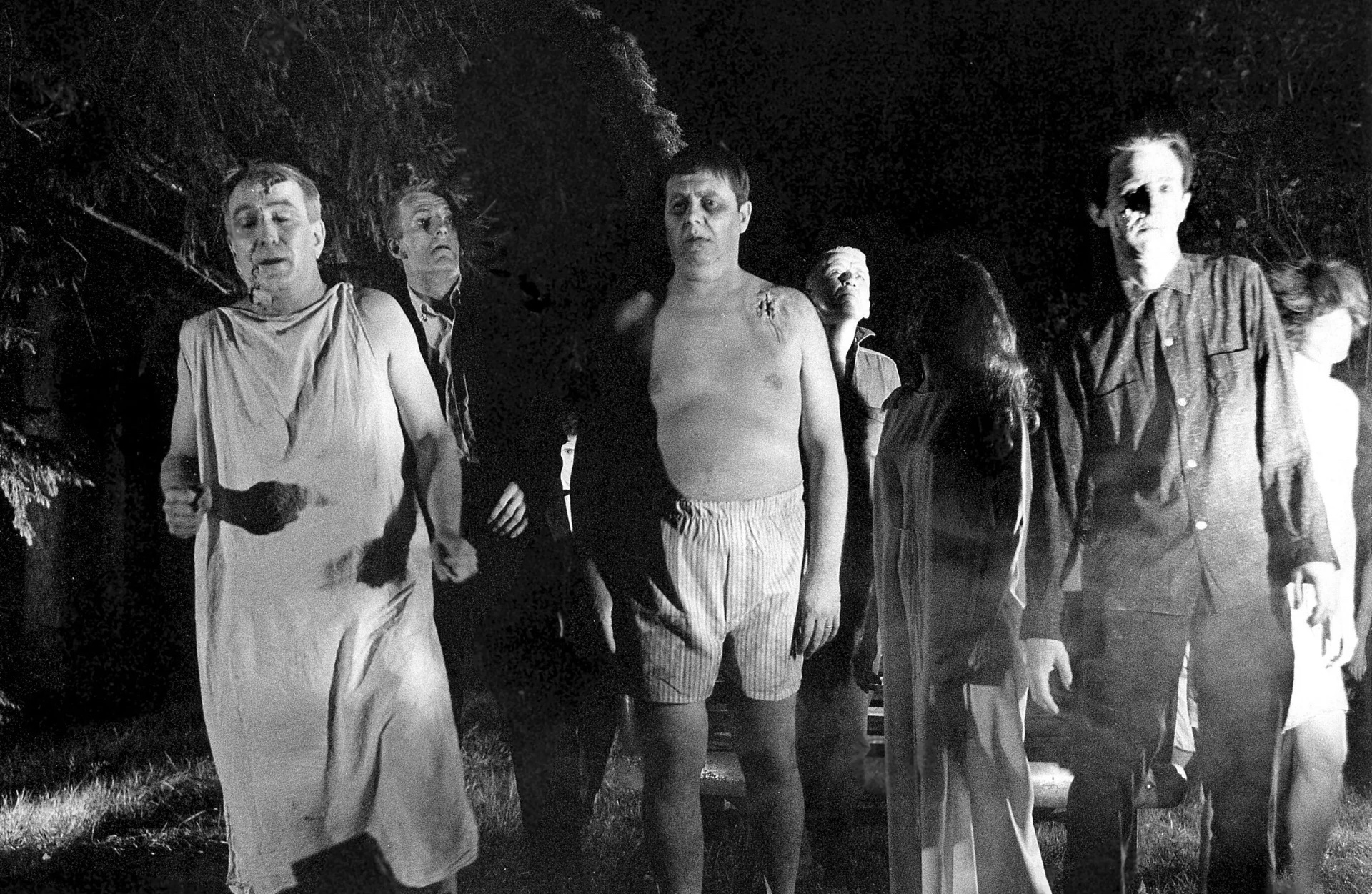
That all changed with George A. Romero’s Night of the Living Dead (1968), a stark low-budget horror that popularized the notion of zombies as shambling resurrected corpses of the recently deceased. The idea wasn’t totally original, however. Terence Fisher’s suspenseful The Earth Dies Screaming (1964) featured white-eyed zombies reanimated by potato-headed aliens in silver suits.
Romero directed several sequels to his groundbreaking film, but the next evolutionary leap of the zombie movie came in Dan O’Bannon’s punk comedy horror The Return of the Living Dead (1985), which was the film that made brains an undead delicacy.
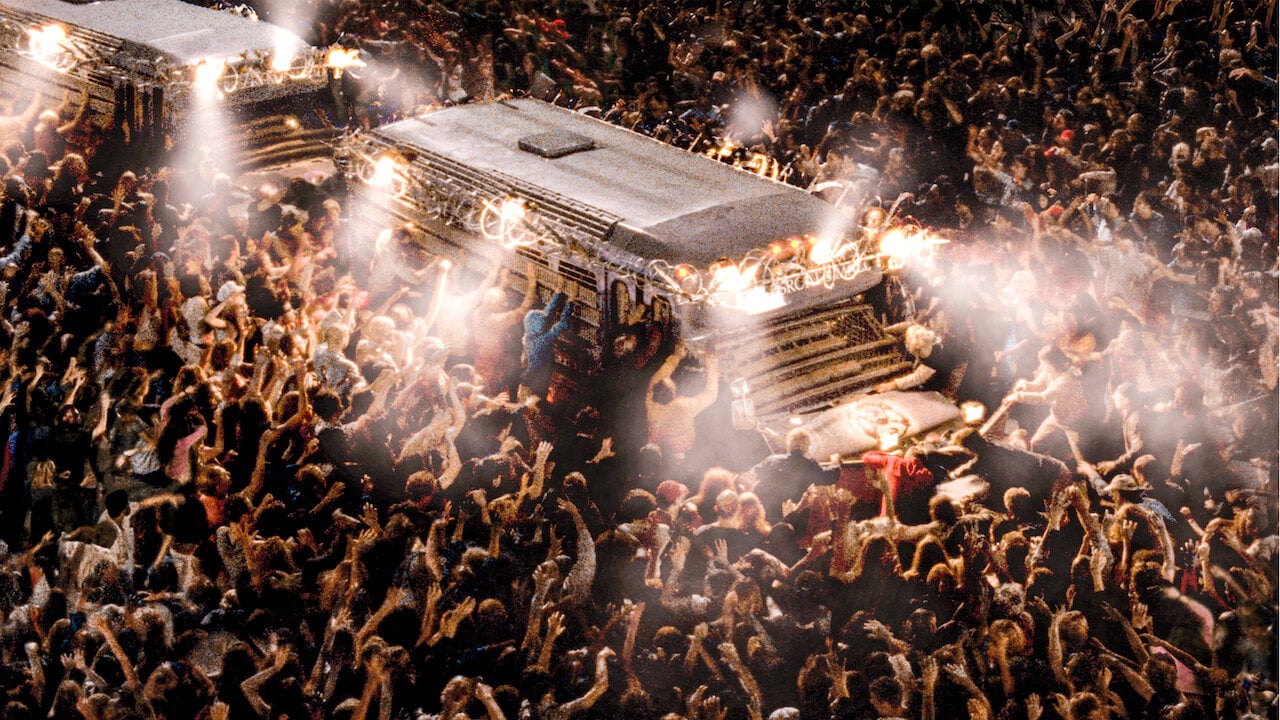
After a fallow ‘90s for the subgenre, zombie movies had a massive resurgence after the traumatic events of 9/11, perhaps due to the apocalyptic fears that the catastrophe evoked. The following few years saw Danny Boyle’s 28 Days Later (2002), Edgar Wright’s Shaun of the Dead (2004), and Zack Snyder’s surprisingly good remake of Dawn of the Dead (also 2004), and the subgenre has barely looked back since.
Further emergencies like the financial crisis of 2008, escalating climate change, the pandemic, and the war in Ukraine have kept zombies relevant and arguably the most popular subgenre of the 21st century. That popularity has continued with shows like The Walking Dead (2010-2022) and its spinoffs, All of Us Are Dead (2022), and The Last of Us (2022).
Emerging in the 1960s, Italian Giallo (“Yellow”) movies took their name from the yellow sleeve jackets from a series of pulp novels. As the subgenre evolved in their ‘70s heyday with key directors such as Mario Bava (The Bird With the Crystal Plumage, 1970) Lucio Fulci (A Lizard in a Woman’s Skin, 1972) and Dario Argento, their films anticipated many of the conventions of American slasher movies, with mystery plots involving unseen killer POVs, a murderer in black leather gloves stalking and slaying beautiful women, and elaborately staged death scenes.
Argento is probably the most well-known Giallo internationally, reaching the height of his artistic expression with Suspiria (1977). The film is easily one of the most beautiful horrors ever made, and one of the last movies to be processed in Technicolor.
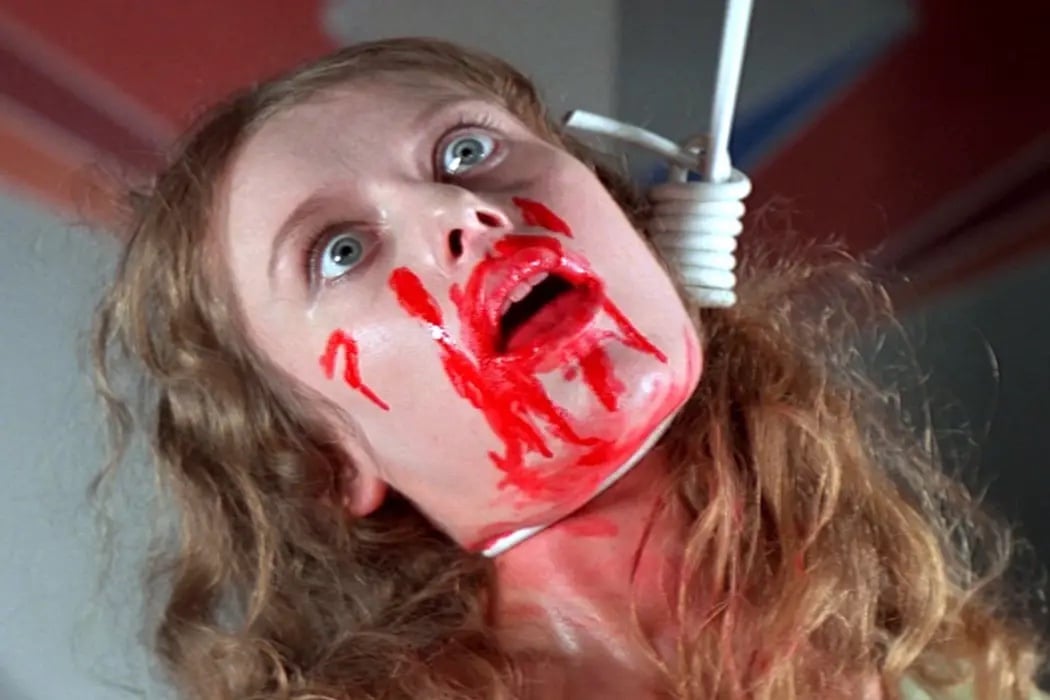
While Bava took a long hiatus from filmmaking and Fulci moved to more explicitly gory horror such as Zombie Flesh Eaters (1979) and The Beyond (1981), Argento continued his success in the ‘80s with films like Tenebrae (1982) and Opera (1987), but Giallo gradually faded out by the end of the decade.
There has been something of a resurgence in recent years with films like Peter Strickland’s Berberian Sound Studio (2012) and Nicolas Wending Refn’s The Neon Demon (2016) tapping into the look and the vibe of the classic old Italian horrors.
In its original form, Folk Horror is often considered British in origin. The subgenre’s “Unholy Trinity” of films, now considered core texts, emerged in the late ‘60s and early ‘70s: Witchfinder General (1968), The Blood on Satan’s Claw (1971), and The Wicker Man (1973).
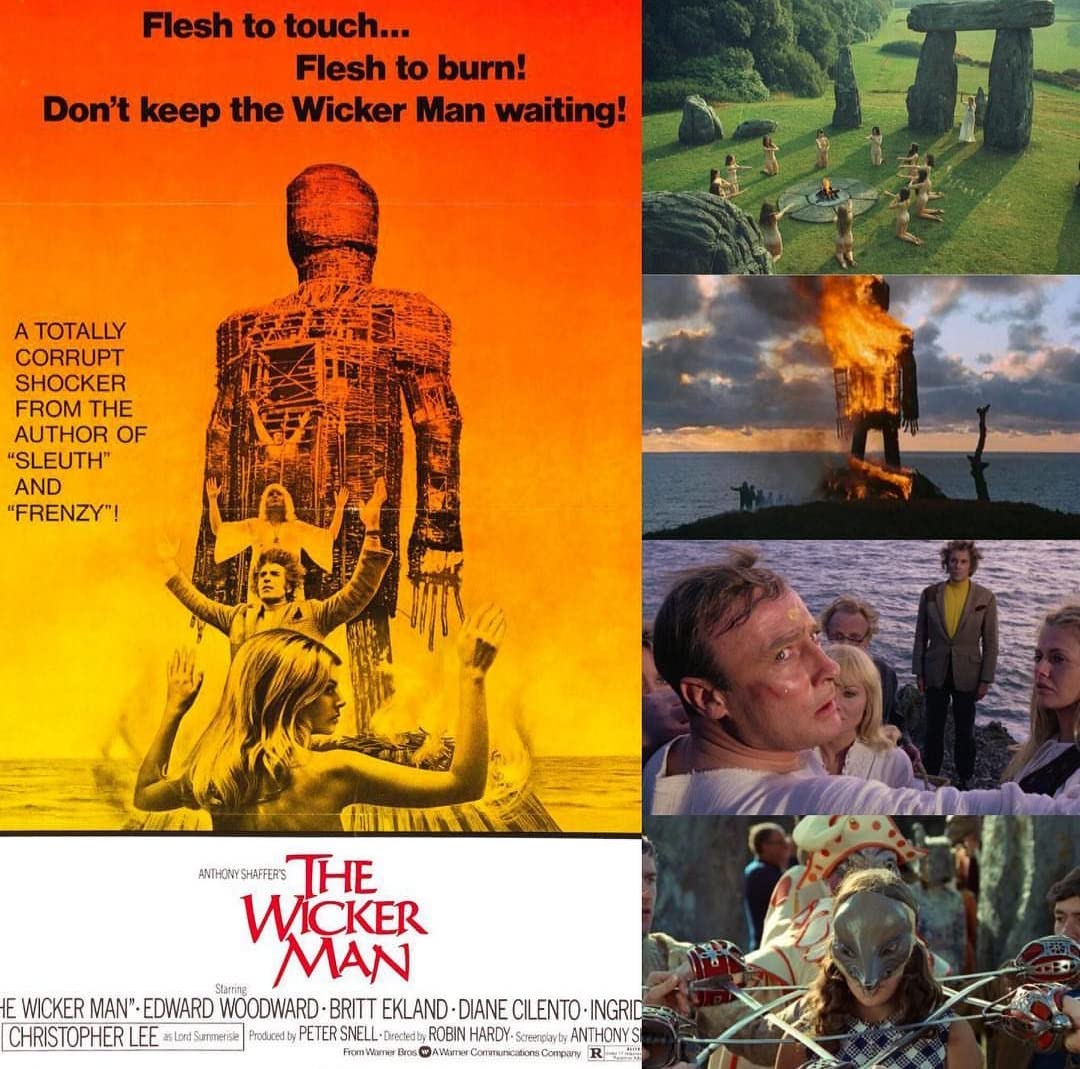
The arrival of the Unholy Trinity coincided with several similarly-themed films from other countries, such as Viy (1967) from the Soviet Union, Witchhammer and Valerie and Her Week of Wonders (both 1970) from Czechoslovakia, and Belladonna of Sadness (1973) from Japan.
Folk Horror has proven notoriously difficult to define. While it often focuses on a protagonist from an urban environment visiting a remote rural area and falling foul of the locals and their rituals, films in the canon can just as easily feature all or none of those things, such as the proto-folk horror Häxan (1922). On the basis of that general one-line synopsis, however, there is also a clear parallel between the British Unholy Trinity and a trio of Australian films: Walkabout, Wake in Fright (both 1971), and Picnic at Hanging Rock (1975), all of which focused on white people faced with the daunting primal expanse of the Outback.
The subgenre has enjoyed a major resurgence since the 2010s, with films like Ben Wheatley’s Kill List (2011) and A Field in England (2013), Robert Eggers’ The Witch (2015) and Ari Aster’s Midsommar (2019). Fans of Folk Horror also frequently claim non-horror items for their genre, ranging from children’s shows like Bagpuss (1974) and public information films like The Spirit of Dark and Lonely Water (1973) to documentaries like Paul Wright’s Arcadia (2017). It also has a city-based equivalent that has become known as Urban Wyrd, into which we can assemble Quatermass and the Pit (1967), Death Line (1972), and even Candyman (1992).
Around the same time that folk horror was emerging in Britain, an equivalent subgenre was shaking up audiences in the United States. Like the former, horror set in the American backwoods relied strongly on the protagonists finding themselves in an isolated part of the country and under attack from the locals. Instead of pagan cults, the attackers were more visceral, a motley collection of hillbillies, rednecks, and maniacs who took a perverse delight in tormenting their victims.
John Boorman’s Deliverance (1972) kick started the trend and was nominated for three Oscars including Best Picture and Best Director, followed by arguably the peak of the subgenre, Tobe Hooper’s The Texas Chainsaw Massacre (1974), and lesser works including Wes Craven’s The Hills Have Eyes (1977) and the controversial rape-revenge film I Spit On Your Grave (1978).
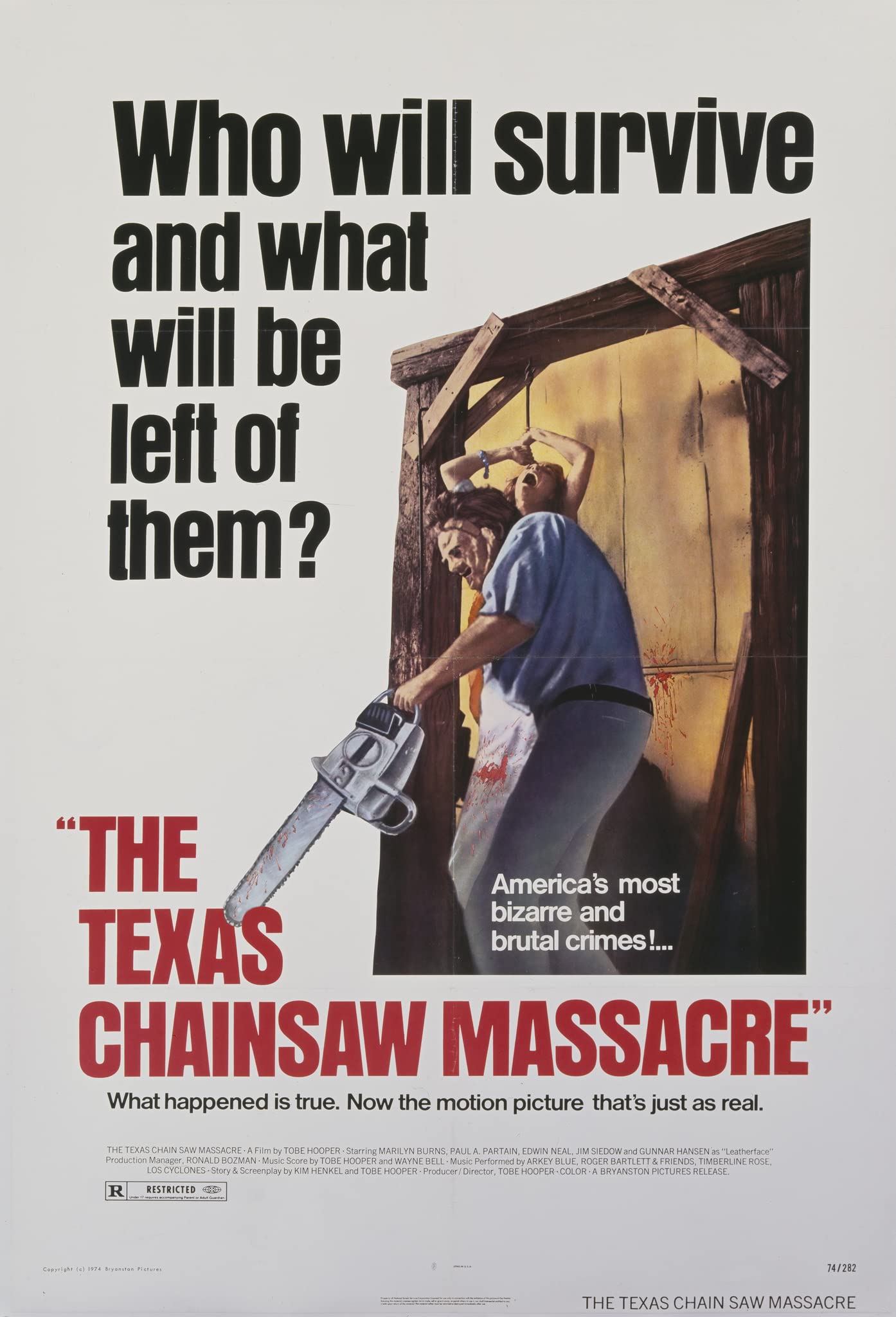
These films were gritty, bleak, and sadistic, with grimly downbeat endings. Their arrival corresponded with a string of paranoid political thrillers like The Conversation (1974) and Three Days of the Condor (1975), reflecting the disillusionment many Americans felt towards their country and government during the era of Nixon, Watergate, and the military failure in Vietnam.
As people increasingly rejected mainstream religion and institutions during the counterculture of the ‘60s, interest in witchcraft and the occult rose. Correspondingly, the decade saw a rise in movies about the subject, including The Witches (1966), The Devil Rides Out and Rosemary’s Baby (both 1968). This set the table for two big occult horror hits in the ‘70s: William Friedkin’s The Exorcist (1973) and Richard Donner’s The Omen (1976).
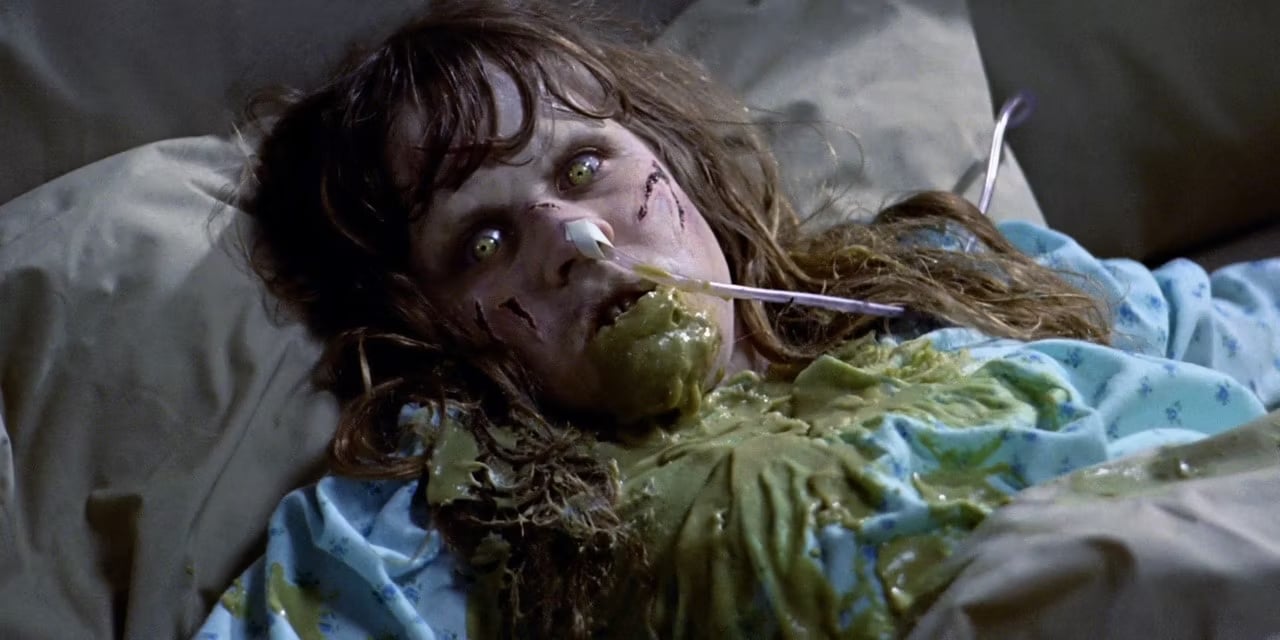
Possession movies revolved around a terrifying concept: What if something evil took control of your body? Friedkin’s controversial box office hit didn’t hold back on exploring the possibilities of that scenario in shocking detail, but it was still a landmark film for the genre. It was the first horror movie to receive an Oscar nomination for Best Picture.
Both The Exorcist and The Omen played into fears of biblical evil, which gave the films a sense of deep age-old terror beyond their immediate scares. Conversely, Andrzej Żuławski’s Possession (1981) used its central premise to explore more modern concerns through the lens of arthouse splatter, providing a metaphor for the breakdown of a possessive relationship against the backdrop of impending nuclear catastrophe. The same year as Żuławski’s film, demonic possession was a major factor in Sam Raimi’s low-budget The Evil Dead.
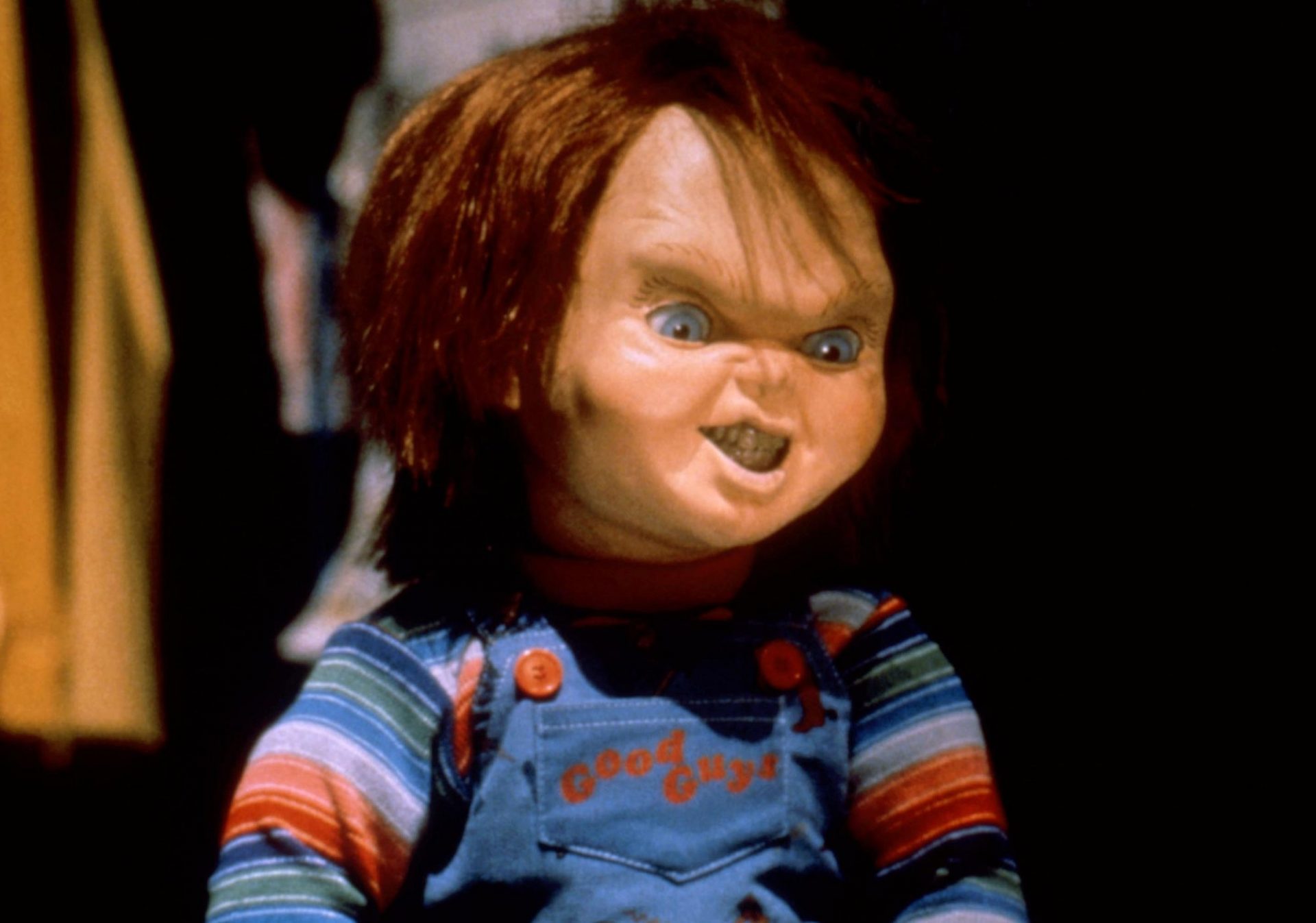
Demons and evil forces in movies don’t necessarily restrict themselves to whole bodies or even humans. This brings us to the strange sub-subgenre of Evil Hand movies. Peter Lorre starred in two, Mad Love (1935) and The Beast With Five Fingers (1946), while The Hand (1981) was an early directorial effort from John Carpenter. Meanwhile, non-human possession movies have a wide variety of hosts, from a jealous classic convertible in John Carpenter’s Christine (1983) to the malevolent kid’s doll called Chucky in Child’s Play (1988).
As wonderful as our world is, there are plenty of things in it that can kill you or, at least, give you a nasty bite. Nature provides a true menagerie of terror, playing on our fears of the natural world.
The most famous is arguably Steven Spielberg’s Jaws (1975), a bracing mix of suspense, jump-out-of-your-seat scares, and buddy adventure that gave sharks a bad name and kickstarted the era of the summer blockbuster.
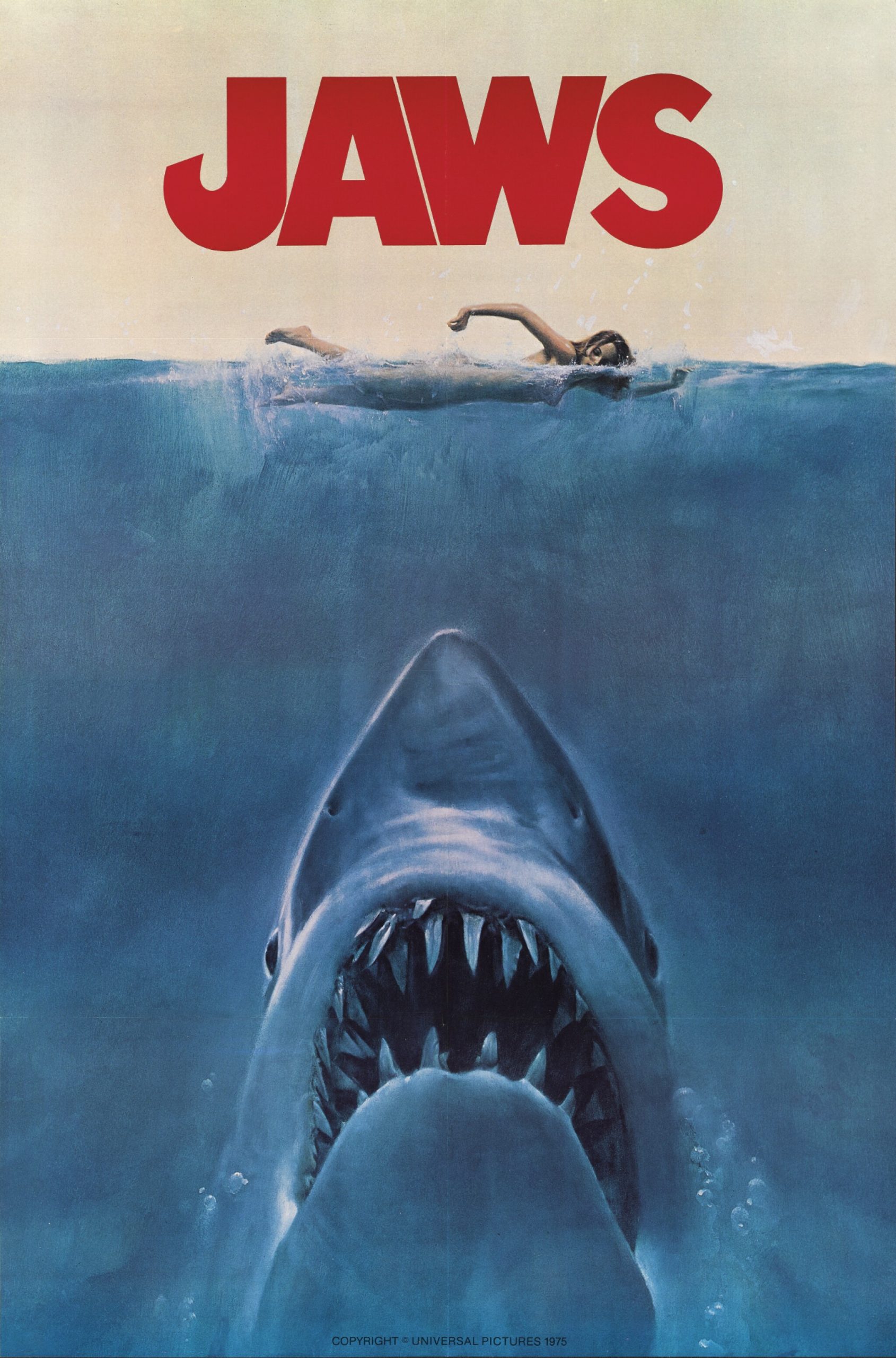
Think about any animal or insect and there is probably a horror movie made about it: Dogs (Cujo, 1983), cats (Pet Sematary, 1989), fish (Piranha, 1978), bees (The Swarm, 1978), birds (The Birds, 1963), spiders (Arachnophobia, 1990) and on and on. Things get silly with the likes of bloodthirsty giant bunnies in Night of the Lepus (1972), Slugs (1988), and M. Night Shyamalan’s The Happening (2008), where the Earth’s plants develop a toxin to kill off pesky humans.
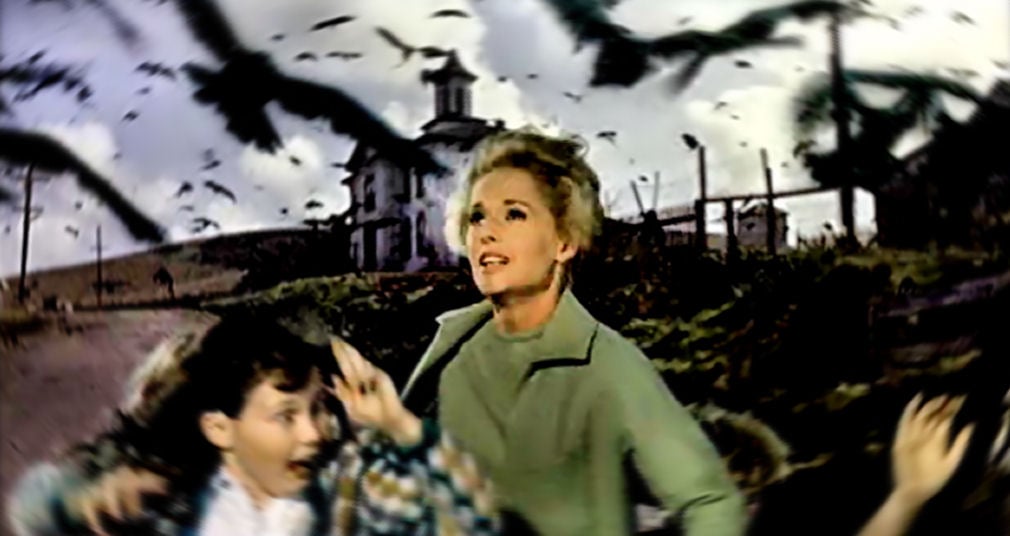
The subgenre, which had its heyday in the ‘70s after the success of Jaws, was parodied by Attack of the Killer Tomatoes (1978).
While the slasher craze of the ‘80s made pop culture icons from a trio of supernatural maniacs, Michael Myers (Halloween), Jason Vorhees (Friday the 13th), and Freddy Krueger (A Nightmare on Elm Street), the subgenre can trace its roots back much further. While Alfred Hitchcock’s Psycho (1960) is commonly credited as the first proto-slasher, you can go further back to The Spiral Staircase (1946), which gave us the killer’s POV as he stalked his victim.
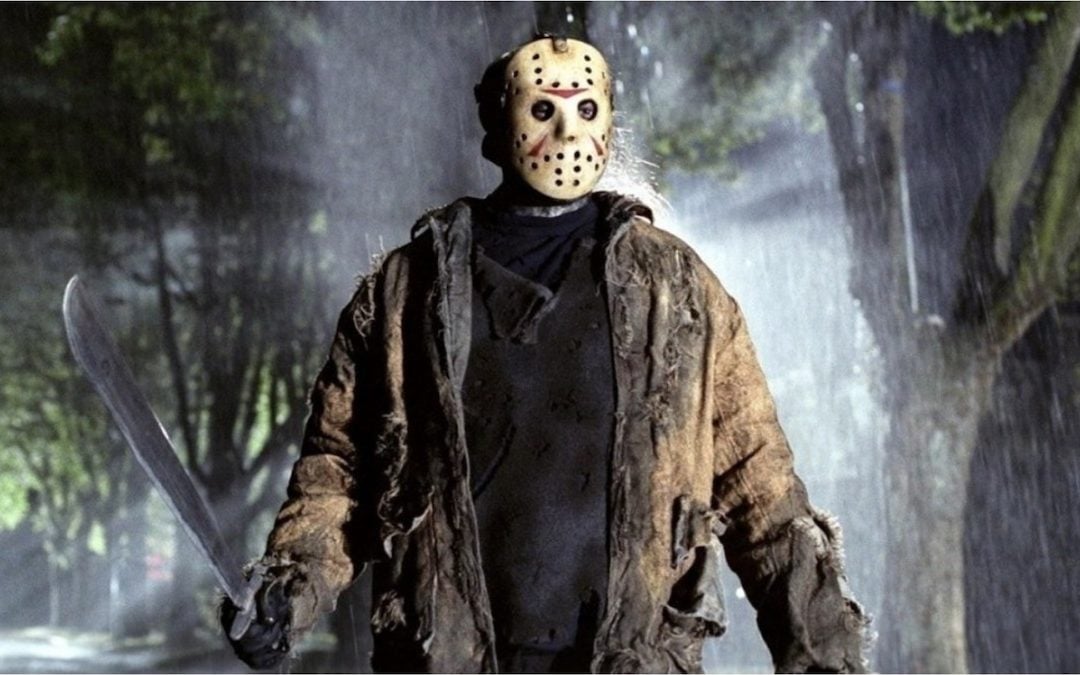
In the ‘70s, Bob Clarke’s brilliantly bleak Black Christmas (1974) further developed the tropes we now associate with the subgenre, including the killer POV and the Final Girl. The subgenre really took off with the release of John Carpenter’s Halloween (1979), a suspenseful low-budget smash that opened the floodgates for the slasher era of the ‘80s.
The standard slasher set-up is now lore: A masked killer (who may also have supernatural powers) stalks a group of teenagers who are out to party and picks them off one by one with a series of gruesome kills. Then it is down to the Final Girl to turn the tables on the maniac and finish him off.
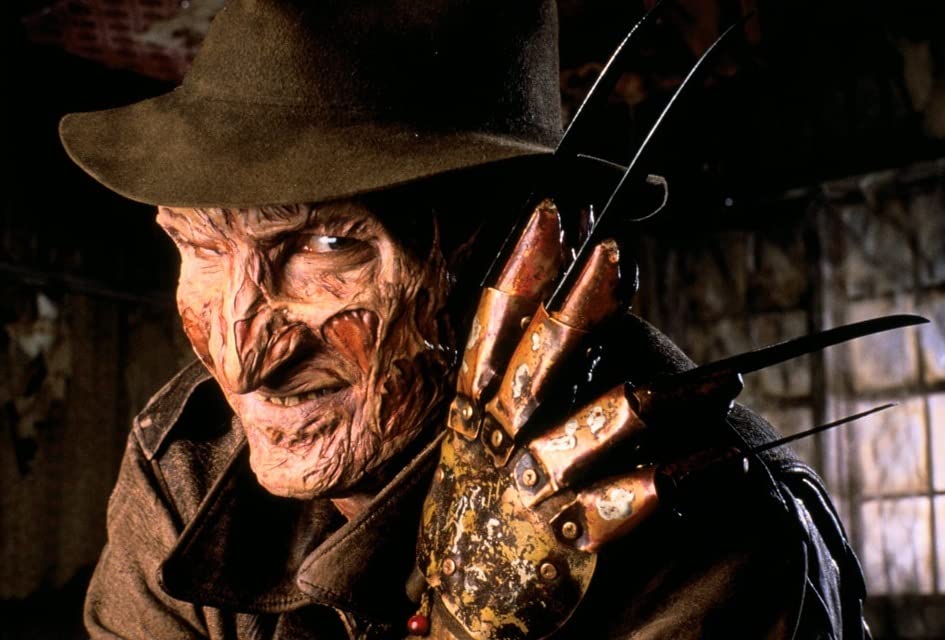
The law of diminishing returns, generic ripoffs, and countless inferior sequels made the slasher something of a cheap joke. Director Wes Craven (A Nightmare on Elm Street) capitalized on this with Scream (1996), which smartly spoofed slasher tropes while providing a few new surprises of its own. The success of Scream spawned its own wave of self-consciously knowing wannabes like I Know What You Did Last Summer (1997) and Urban Legend (1998).
The slasher movie is alive and well today, although arguably there has been little to revolutionize the genre since Craven’s meta-slasher over 25 years ago. There have been some interesting riffs, such as Happy Death Day (2017), which gave the slasher a Groundhog Day style twist. Many are content to evoke the subgenre’s heyday, such as The Final Girls (2015) and Ti West’s X (2022).
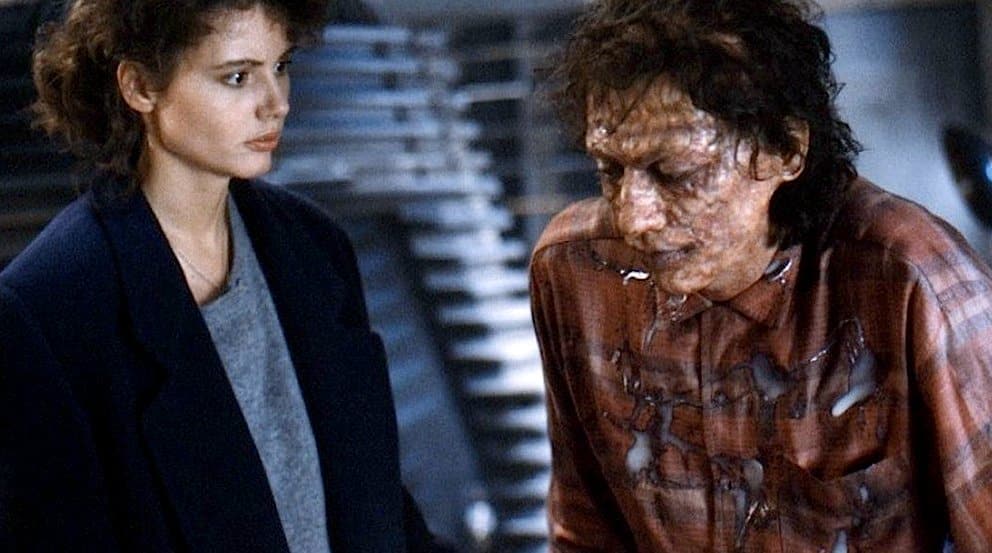
If slasher movies exploit our fear of a malevolent external force, body horror focuses on how our own cells could corrupt and betray us, usually in a gross and disturbing way. David Cronenberg is usually the director who springs to mind when “body horror” is discussed. The Canadian began his career in the ‘70s before fully developing his style and themes with Scanners (1981), Videodrome (1983), and The Fly (1986).
Elements of body horror found their way into many other classics of the ‘80s, like John Carpenter’s The Thing (1982), Re-Animator (1985), and Hellraiser (1987). The timing of these movies reflected fears of what a hostile element could do to our bodies as the AIDS epidemic spiraled into a major health crisis over the decade.
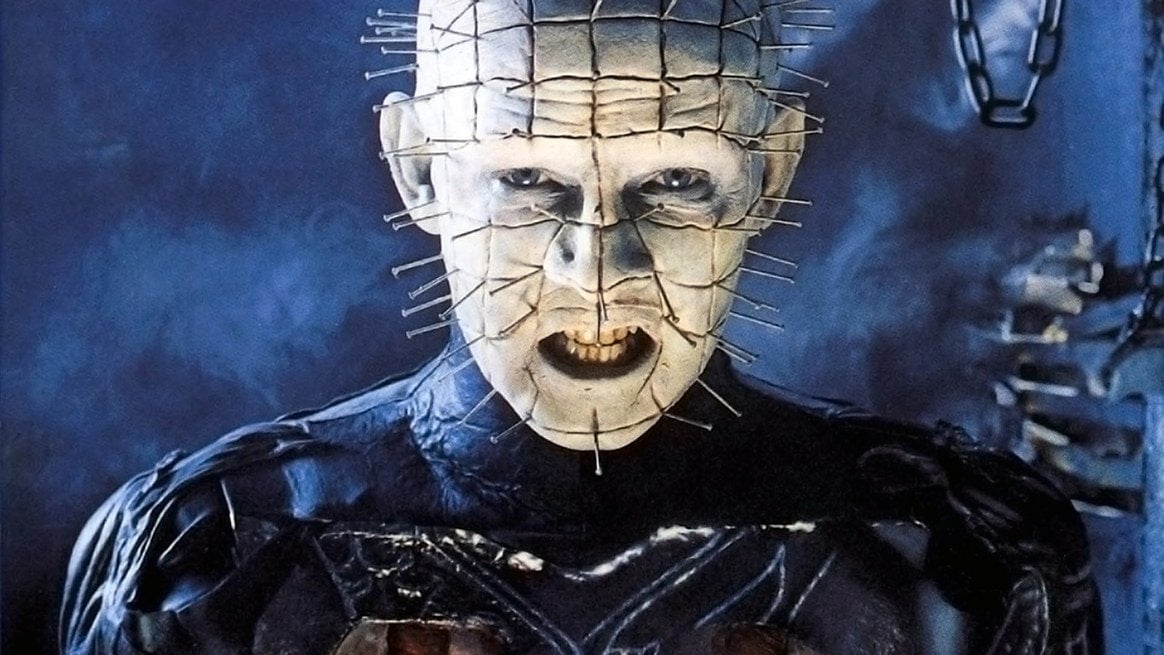
The popularity of gloopy special effects in the decade also gave the melt movie, a cousin of body horror, its glory days. The microgenre focuses on characters getting melted in a variety of gnarly ways, and crossed over into the mainstream with films like The Stuff (1985) and the excellent remake of The Blob (1988).
Nowadays, Cronenberg is still working in the subgenre (Crimes of the Future, 2022), as is his son Brandon (Possessor, 2020). Julia Ducournau’s daringly extreme Titane (2021) is one of the best examples of the 21st century, a Palme d’Or winner that mingles barely-watchable gore with a surprisingly tender look at familial bonds.
Cannibalism is one of the ultimate taboos, which naturally makes it an ideal candidate for horror. At their most exploitative, cannibal movies trade almost exclusively on the grisly spectacle of humans feasting on the flesh of other humans.
The most notorious cannibal horror is arguably Ruggero Deodato’s Cannibal Holocaust (1980), while also featured graphic scenes of sexual assault and real on-screen animal cruelty to go along with the consumption of human flesh. As heinous as the film is to most viewers, it was also pioneering, holding the distinction of being the first found-footage horror movie.
Cannibalism in movies often crosses into non-horror genres such as dystopian sci-fi in Soylent Green (1973), arthouse with Peter Greenaway’s The Cook, The Thief, His Wife & Her Lover (1989), and survival drama in Alive (1993), but it really went mainstream in horror with the Oscar-winning success of The Silence of the Lambs (1991).
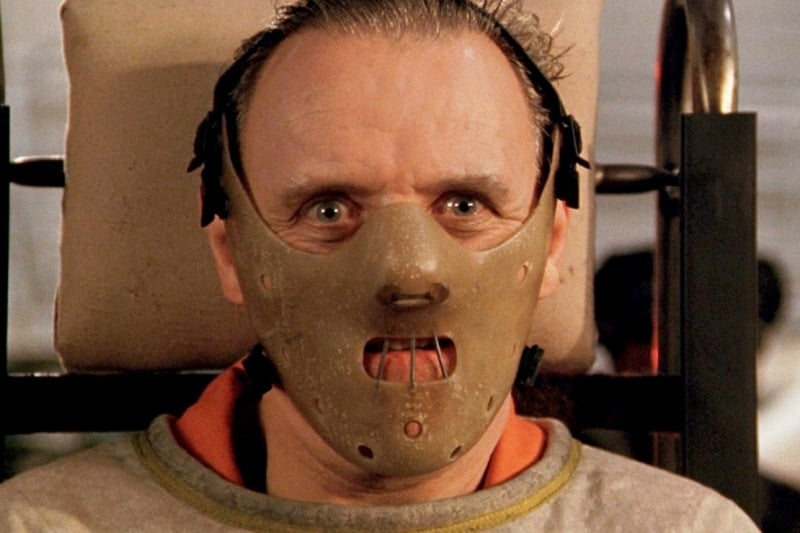
Fast-forward 30 years and cannibalism is having a real pop culture moment with movies like Julia Ducournau’s superb coming-of-age horror Raw (2016), Fresh (2022), and the TV series Yellowjackets (2021) which also added elements of mystery, supernatural, and survival. Some have speculated that the subgenre’s new popularity is due to anxiety about overpopulation, the pandemic, food shortages, and climate change… and some eagle-eyed observers noted that Soylent Green was prophetically set in 2022.
Kids often have ghoulish imaginations and love to get scared as much as adults, which is where Gateway horror comes in. The ‘80s in particular was a great time for budding horror fans, with even supposedly family-friendly Hollywood movies like Poltergeist (1982), Gremlins (1984), and Indiana Jones and the Temple of Doom (1984) pushing the limits of age restrictions with intense and frightening material, leading to the MPAA’s introduction of the PG-13 certificate.
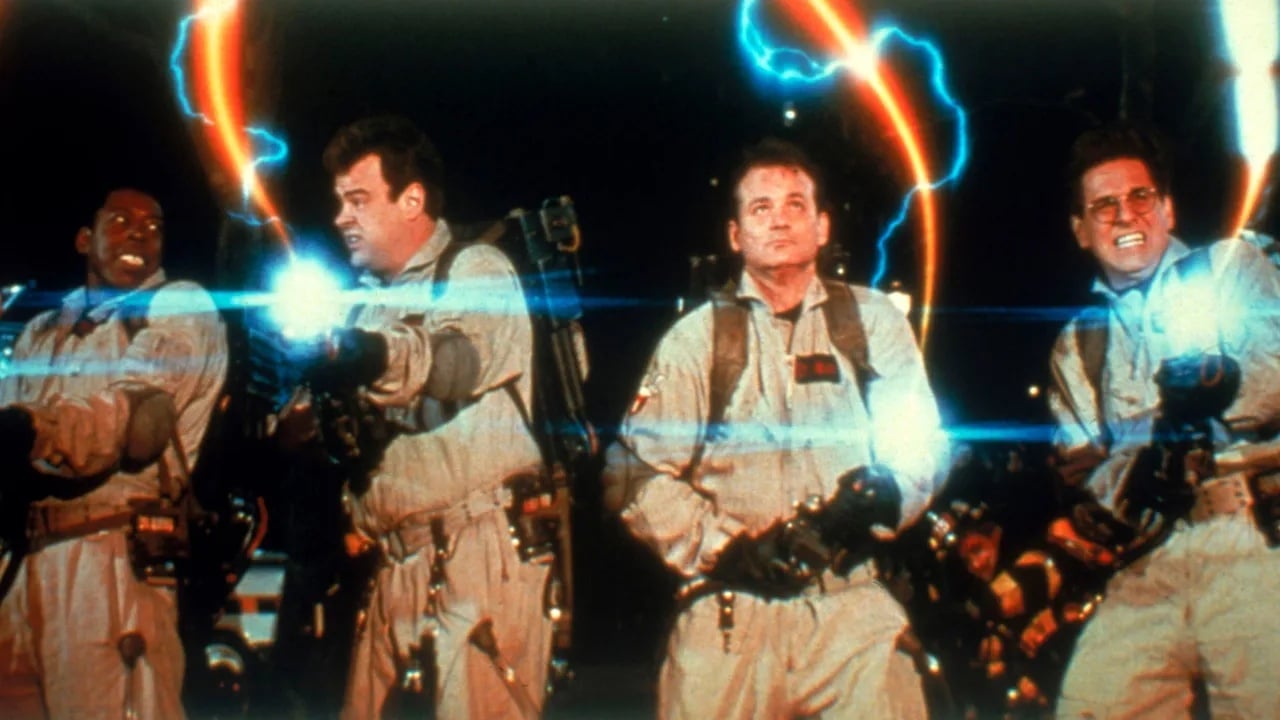
Generally speaking, gateway horrors are those films that find the right blend of humor, adventure, and pleasurable chills for younger viewers without completely scaring the pants off them. Perhaps the most successful of all time was Ghostbusters (1984), while the ‘80s also had The Gate and The Monster Squad (both 1987), with the latter pitting a group of kids against the entire roster of Universal’s Classic Monsters.
Of those classic Universal Monsters, vampires and werewolves each developed a subgenre of their own. After Bela Lugosi’s regal Count Dracula in the 1931 version of Bram Stoker’s tale, Christopher Lee gave the character more visceral sex appeal in Terence Fisher’s Dracula (1958). The film made Lee a horror icon to rival Lugosi, and also introduced fangs as the vampire’s method of draining blood from a victim.
Over the years, vampire movies have proven extremely adaptable into other subgenres. In the early ‘70s, the bloodsuckers entered Blaxploitation with the Blacula movies and Ganja & Hess (1973). Tony Scott’s erotic horror The Hunger (1983), focusing on the ravages of immortality on a vampire’s familiar, scans like a parable of the escalating AIDS epidemic in America at the time. Kathryn Bigelow put her vampires in a western setting in Near Dark (1987), as did Ana Lily Amirpour’s A Girl Walks Home Alone at Night (2014), with an added Iranian dimension.
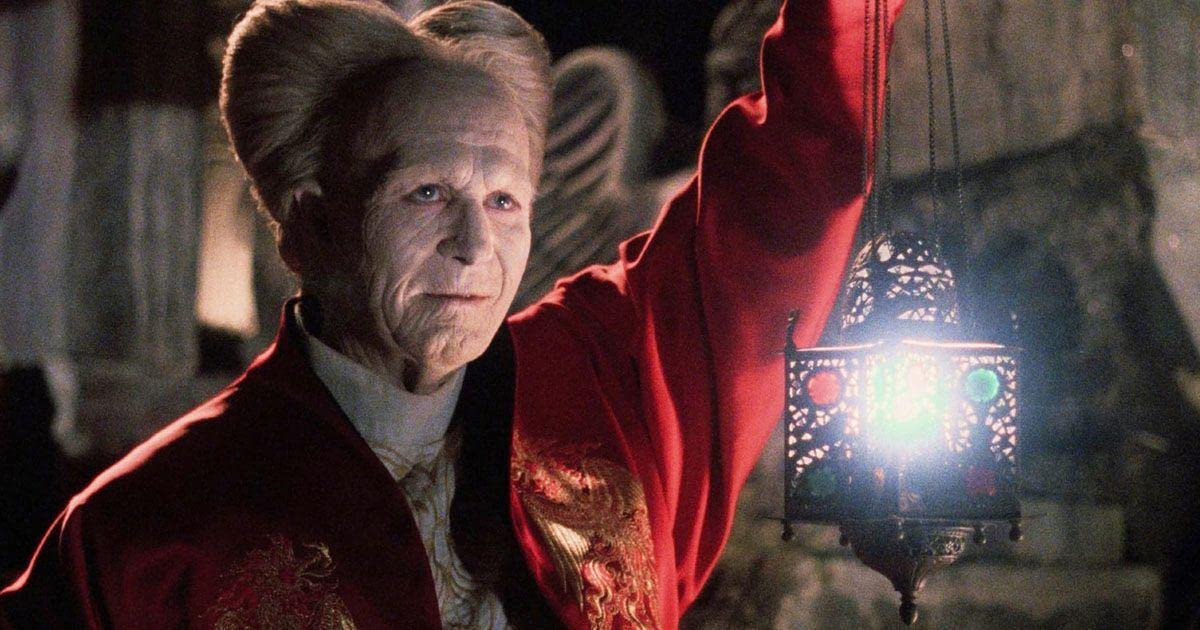
The ‘80s gave us two excellent comedy-horror vampire flicks with Fright Night (1985) and The Lost Boys (1987), while the ‘90s saw a return to the gothic atmosphere of Bram Stoker’s novel with Francis Ford Coppola’s lavish Dracula (1992) and Neil Jordan’s Interview with the Vampire (1994).
In short, vampires get everywhere, and werewolves are very much their poor cousin in cinematic terms. While there were only a few notable examples in the few decades after The Wolf Man (1941), like Terence Fisher’s The Curse of the Werewolf (1961) and The Beast Must Die (1974), the Werewolf movie hit its peak in the ‘80s.
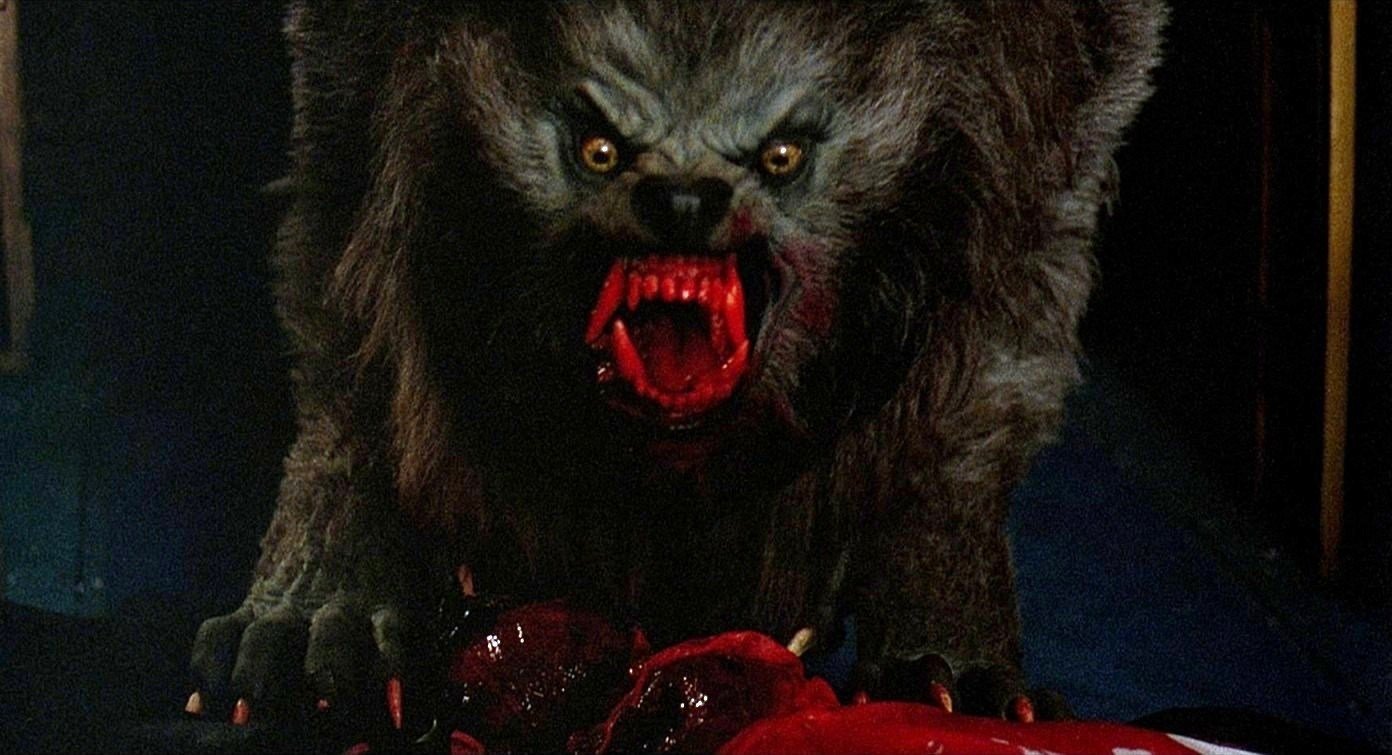
Three films in particular made the most of modern special effects to create some astonishing transformation scenes: John Landis’s An American Werewolf in London (1981), Joe Dante’s The Howling (also 1981) and Neil Jordan’s The Company of Wolves (1984).
Inevitably, vampires and werewolves would cross paths again, and we should mention the dreary Twilight Saga for that point alone. Far better was the smack-talking between vampire and werewolf gangs in What We Do in the Shadows (2014).
What is the difference between slasher movies and serial killer films? Broadly speaking, the crucial difference is that the slasher is more interested in the act of killing for popcorn scares, while serial killer movies play on the fascination and fear that accompany the fact that seemingly normal individuals among us are capable of the most despicable acts.
As such, many serial killer movies are based on real-life cases. Fritz Lang’s M (1931) was based on Peter Kürten, the so-called “vampire of Dusseldorf” and Alfred Hitchcock’s Psycho (1960) was loosely based on the ghoulish exploits of Ed Gein. More recently, Bong Joon-ho’s Memories of Murder (2003) explored South Korea’s first serial killer case, while David Fincher’s Zodiac (2007) was a procedural based on the unsolved crimes of the Zodiac Killer in the late ‘60s and early ‘70s.
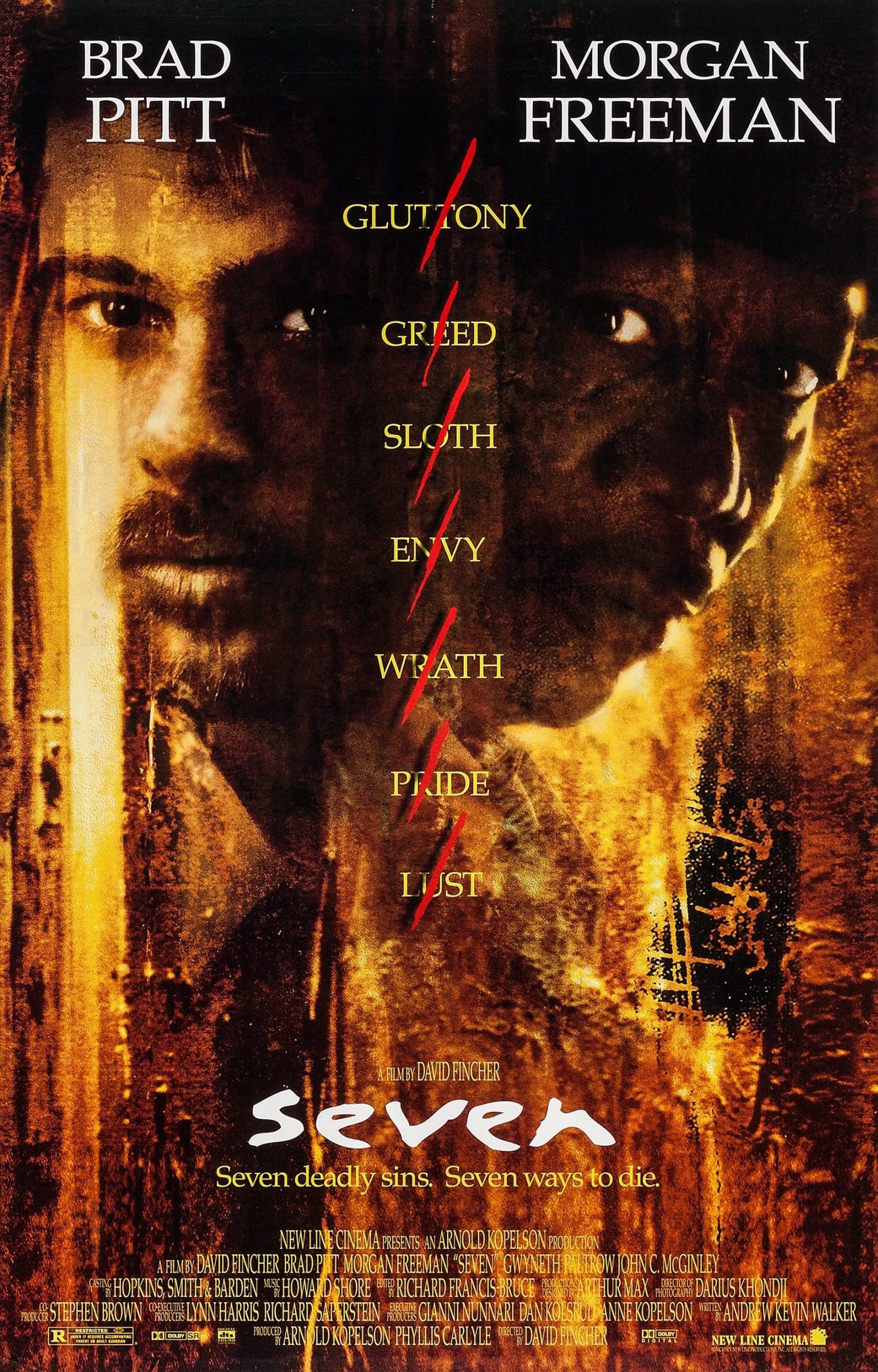
Serial killers really came into their own as a horror subgenre with the huge success of The Silence of the Lambs (1991). There were precedents, such as The Texas Chainsaw Massacre (1974) and Henry: Portrait of a Serial Killer (1986), and Dr. Hannibal Lecter was portrayed on screen before by Brian Cox in Manhunter (also 1986). But Jonathan Demme’s film scooped the “Big Five” Oscars (Best Picture, Director, Actor, Actress, and Screenplay) and made the serial killer movie one of the dominant horror subgenres of the ‘90s. Dozens of copycats followed (including one called Copycat), the most notable being David Fincher’s Seven (1995), which in turn set the tone for the grungy aesthetic of the Saw franchise.
While there have been a few notable examples, we’ve seen few classics of the genre on the big screen in recent years. This may have something to do with the rise of streaming services and the boom in true crime series, with Netflix providing a slew of shows delving into the crimes of real-life monsters like Ted Bundy, Jeffrey Dahmer, Dennis Nilsen, David “Son of Sam” Berkowitz, and many others.
Japanese cinema has had a strong tradition of horror since the end of the Second World War. Godzilla (1954) has become an iconic monster and its creator, Ishirō Honda, explored the after effects of nuclear warfare in Matango (1963), also known by its campier English title, Attack of the Mushroom People. Other notable examples over the decades include Onibaba (1964) and Hausu (1977).
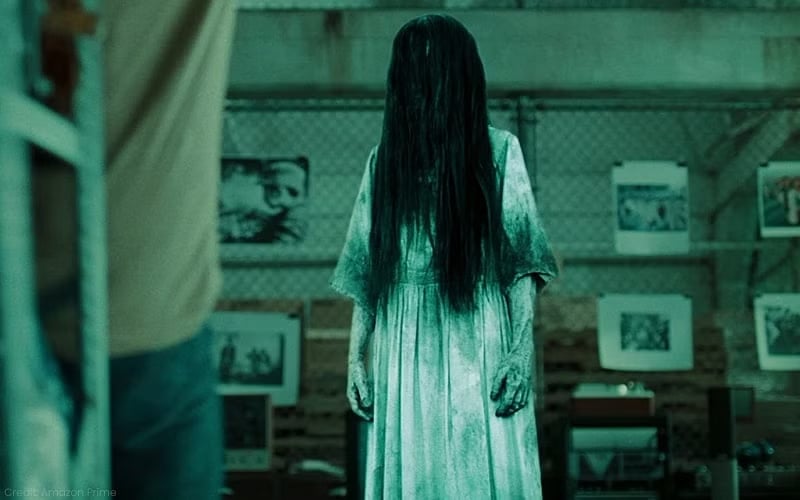
J-horror became an international phenomenon with the release of Ringu (1998), a supernatural horror that terrified millions with its horrifying conclusion and made a young girl with long dark hair obscuring her face the stuff of nightmares.
More dread-filled slow-burners followed, including Pulse (2001), Ju-on: The Grudge (2002), and Dark Water (2004), and more extreme Japanese horrors like Audition (1999), Suicide Club (2001), and Tokyo Gore Police (2008) also found a wider audience.
Korean cinema has also gone from strength to strength since the turn of the century, and one of the key figures as been director Bong Joon-ho, who warmed up for his Oscar-winning triumph Parasite (2019) with horrors such as the serial killer procedural Memories of Murder (2003) and monster movie The Host (2006).
While the violence and gore in Japanese and Korean horror can tend to be brutal and extreme compared to mainstream Hollywood movies, the films are often notable for spending more time developing characters, story, and themes. Some other great examples of Korean horror include I Saw the Devil (2010), The Wailing (2016), and Train to Busan (also 2016).
Found footage horror usually relies on the conceit that what we are watching is actually a real event, recorded by the victims before their demise. At its best, the technique of using handheld cameras to capture all the action as it seemingly unfolds gives the films a sense of raw immediacy. At its worst, as the genre’s detractors are usually quick to point out, the “shaky cam” style makes it disorienting and impossible to tell what is going on.
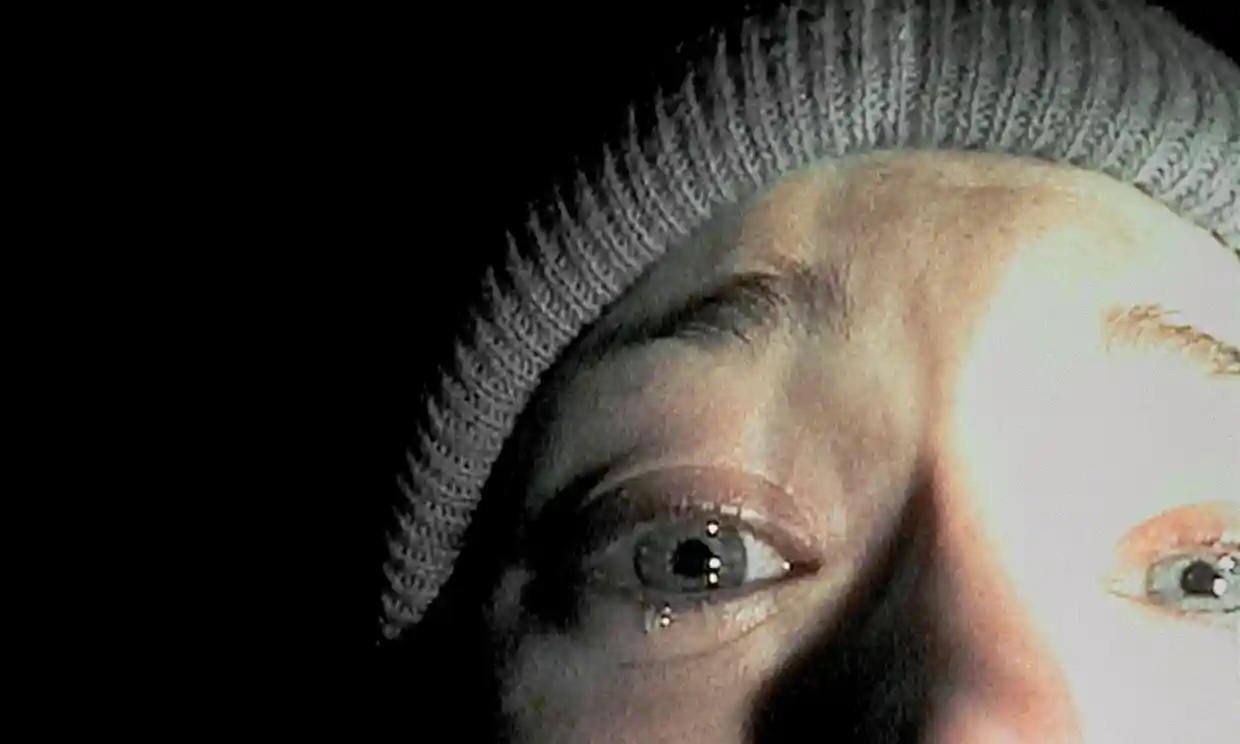
Cannibal Holocaust (1980) is often cited as the first example of the subgenre and the BBC’s controversial Ghostwatch (1992) used many of the tropes, but The Blair Witch Project (1999) launched found footage in the public consciousness. The low-budget chiller was cleverly marketed on the early internet to suggest that the protagonists were really missing persons and the film became a huge indie success.
Advances in technology have made it easier for people to make their own found footage movie and the subgenre has boomed in the 21st century with many examples including the popular Paranormal Activity series, Rec (2007), Lake Mungo (2008), and Cloverfield (2008), which crossed over with monster movies as New Yorkers capture the chaos of a giant alien trashing the city.
Splatter movies, which almost exclusively revel in the gratuitous depiction of bloody violence and gore, dates back to a trio of horror flicks from Herschell Gordon Lewis in the ‘60s: Blood Feast (1963), Two Thousand Maniacs! (1964) and Color Me Blood Red (1965).
Popularity grew in the ‘70s and early ‘80s, resulting in the Video Records Act, aka the “Video Nasties” crackdown in the UK, in which many lurid and explicit titles were banned. Sam Raimi’s inventive The Evil Dead (1981) got caught up in the mix, which certainly contained elements of splatter in its low-budget special effects.
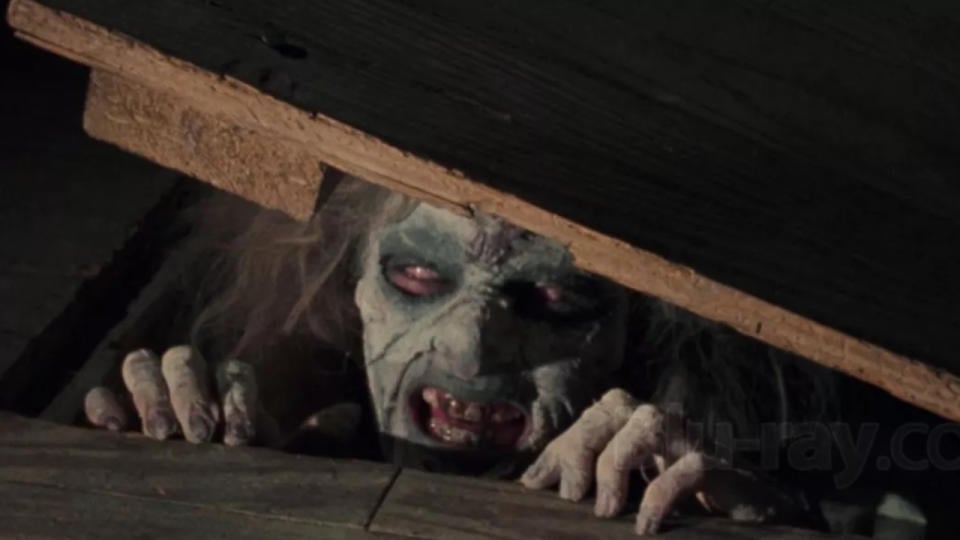
Future Oscar-winner Peter Jackson made his name in the subgenre with Bad Taste (1987) and Braindead (1992). Both Raimi’s Evil Dead trilogy and Jackson’s films blended over-the-top gore with outrageous humor, making them fall into the splatstick end of the genre rather than the more nihilistic extremes.
Things were certainly less funny when splatter made a grisly resurgence in the early 2000s. More mainstream efforts like the Saw (2004) and Hostel (2005) focused on the sadistic hunting, trapping, torturing, and killing of victims, usually in a grimy location. This focus on the act of killing at the expense of plot or character led to the nickname “Torture Porn,” and can be seen as a direct response to the events of 9/11 and its aftermath, from the Invasion of Iraq to the prisoner abuses at Abu Ghraib.
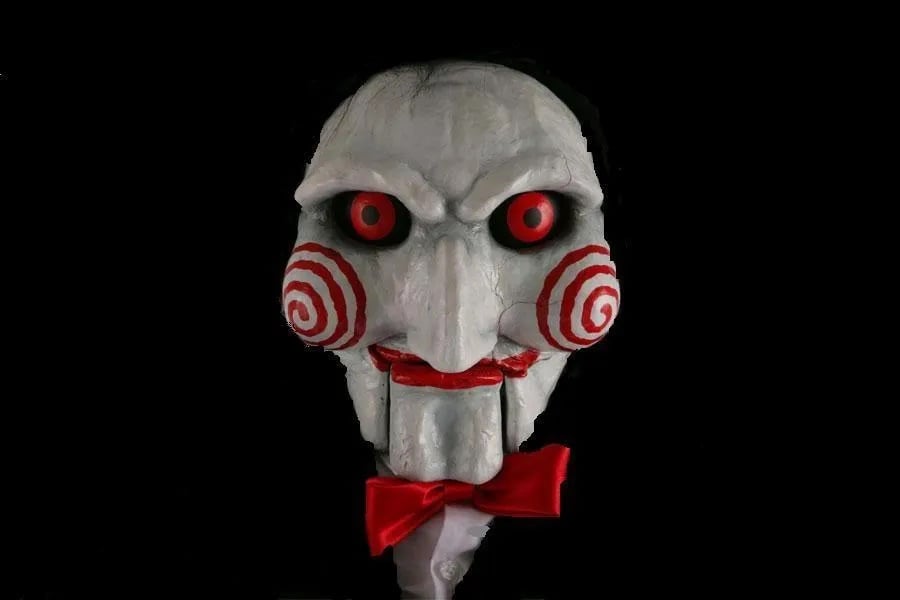
Other films followed including Wolf Creek (2005), The Human Centipede (2009), and Rob Zombie’s The House of a 1000 Corpses (2003) and The Devil’s Rejects (2005). The subgenre is closely linked with Extreme, which also rose around the same time with an even greater focus on gruelling depictions of brutal violence, sexual assault, torture, necrophilia, and just about any other taboo subject you can imagine. Examples of the Extreme movement include Ichi the Killer (2001), Martyrs (2008), and A Serbian Film (2010).
Horror often works best when the frights are offset by a tension-releasing burst of laughter, and comedy has played an important part in the genre dating back to the silent era with films like The Ghost Breaker (1922) and The Cat and the Canary (1927, later remade with comedy legend Bob Hope).
Universal got in on the action early with The Old Dark House (1932) and later paired bumbling duo Abbott and Costello with their classic monsters for a series of spooky but light-hearted adventures.
The comedy horror became increasingly popular as audiences became more sophisticated and self-aware. In the ‘70s, horror icon Vincent Price appeared in macabre black comedies like The Abominable Dr. Phibes (1971) and Theater of Blood (1973), while Mel Brooks lovingly spoofed Universal with Young Frankenstein (1974).
Sam Raimi increasingly leaned into slapstick with Evil Dead II (1987) and Army of Darkness (1992) and his movies made Bruce Campbell a cult icon. Campbell would later portray Elvis Presley in Don Coscarelli’s underrated Bubba Ho-Tep (2002), which paired The King with an elderly JFK battling a soul-sucking mummy.
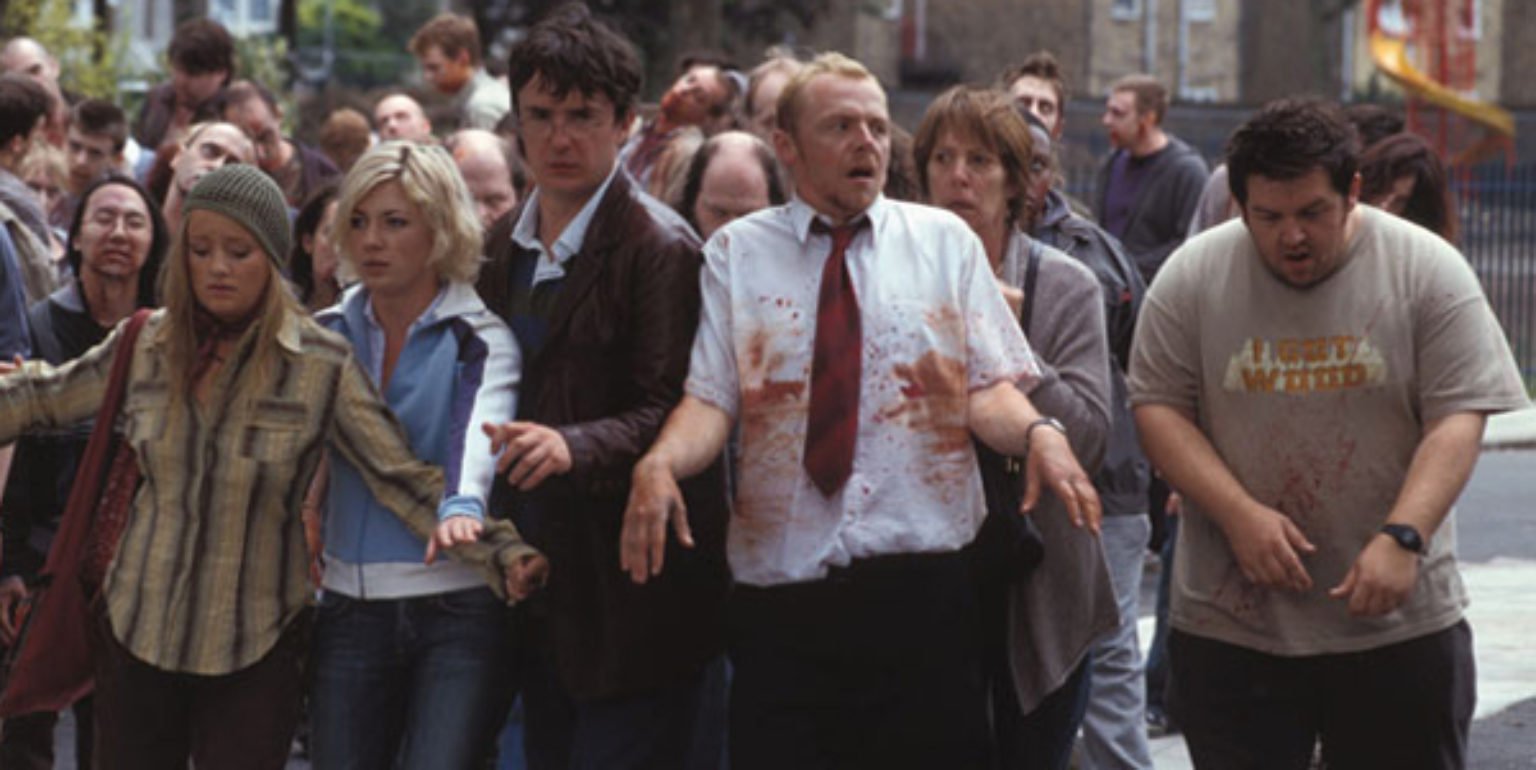
Edgar Wright’s Shaun of the Dead (2004) hilariously merged British kitchen-sink comedy with a faithful zombie outbreak flick, and more recently What We Do in the Shadows (2014) ingeniously took the documentary format behind the scenes of four housemate vampires. No matter what the horror genre, there is usually a comedy version of it.
Cosmic horror differs from standard alien invasion narratives because it often portrays mankind as powerless and insignificant in the face of unimaginable terrors lurking in the vast depths of the universe. H.P. Lovecraft was the undisputed master of evoking this dread in his stories, so it is perhaps no surprise that even movies that aren’t adapted from or inspired by his works often have a strong Lovecraftian atmosphere.
Despite this, there has been a lack of truly high quality Lovecraft movies over the years. Among the better efforts are Stuart Gordon’s trilogy of schlocky adaptations, Re-Animator (1985), From Beyond (1986), and Castle Freak (1992), all starring cult icon Jeffrey Combs and scream queen Barbara Crampton. In the “inspired by” category is John Carpenter’s last decent film, In the Mouth of Madness (1994), which also has a strong cult following.
Arguably the best Lovecraft adaptation to date is maverick director Richard Stanley’s Color Out of Space (2019), which captured the otherworldly atmosphere of Lovecraft’s popular story and also managed the feat of convincing us that purple is a color we’ve never seen before.
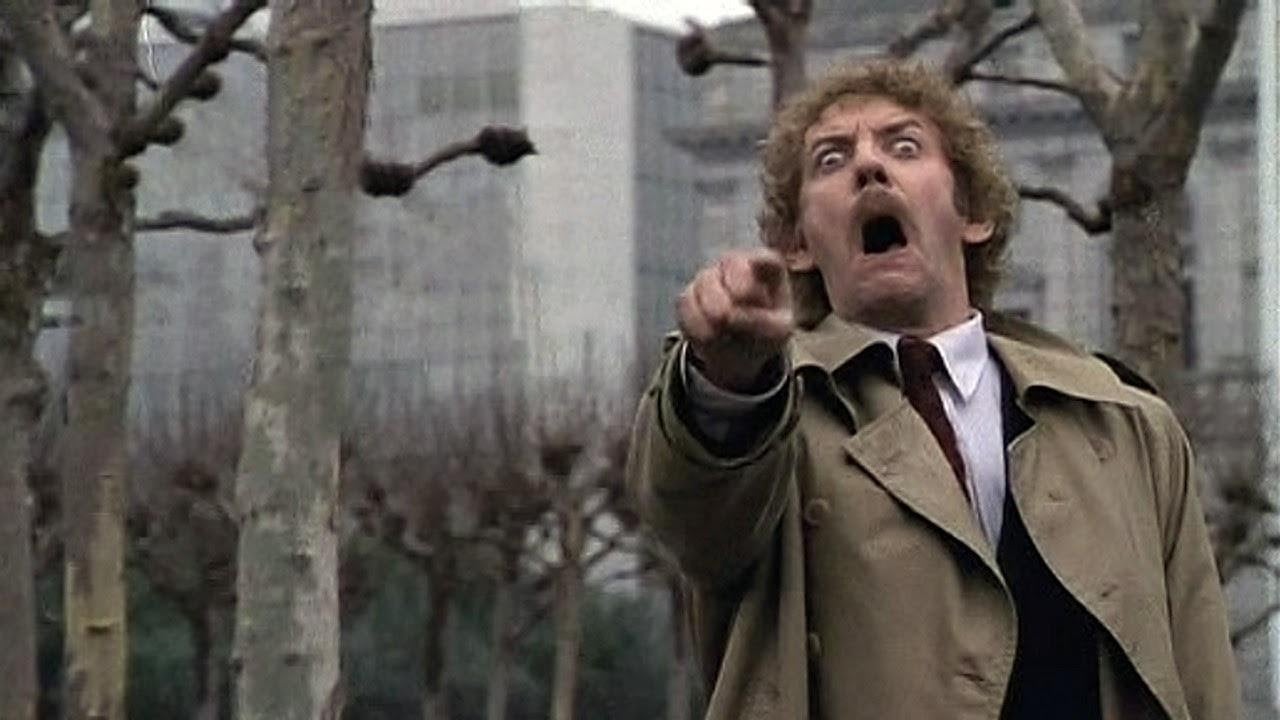
Away from Lovecraft himself, perhaps the most enduring example of cosmic horror is the string of films beginning with Invasion of the Body Snatchers (1956), which introduced sinister alien pods that could perfectly replicate a human with an emotionless clone. The concept has legs in any era, and Philip Kaufman took the Pod People to the city in his 1978 remake. Two more versions, Body Snatchers (1993) and The Invasion (2007), followed.
Cosmic horror is a broad subgenre and it generally works best when the threat is kept in the shadows, which lends itself to indie filmmaking. Two more recent examples of this are The Void (2016), blending a Lovecraftian cult with the atmosphere of a John Carpenter movie, and The Endless (2017), a mind-twister whose omniscient tormentor remained completely unseen.
It is possible to argue that gothic horror is more of an aesthetic than a subgenre of its own, and you can find elements of it in many films mentioned in this article. One thing you can say for sure is this: While other subgenres tend to have their heyday before giving way to another, the gothic sensibility has permeated the horror genre since the very beginning.
This is hardly surprising as many early horror movies were adaptations of novels written in the gothic period of the 19th Century, such as Bram Stoker’s Dracula, Mary Shelley’s Frankenstein, and Gaston Leroux’s The Phantom of the Opera. The mere mention of the word “gothic” in these terms evokes romantic but eerie images of misty moors, nocturnal journeys, mysterious castles, heroines by candlelight, and cloaked fiends. The highly stylized trappings of German Expressionism, seen in The Cabinet of Dr. Caligari (1920) and Nosferatu (1922) made up the other end of gothic’s visual spectrum.
You can pick a classic from just about every decade from the silent era onwards. The Universal horrors of the ‘30s leaned heavily into gothic production design, most notably Frankenstein (1931) and The Bride of Frankenstein (1935); The Uninvited (1944) and The Spiral Staircase (1946) played with the old dark house formula; Hammer Studios started the cycle over again with The Curse of Frankenstein (1957) and Dracula (1958); Roger Corman teamed up with Vincent Price for several lurid Edgar Allen Poe adaptations in the ‘60s including The Pit and the Pendulum (1961) and The Masque of the Red Death (1964).
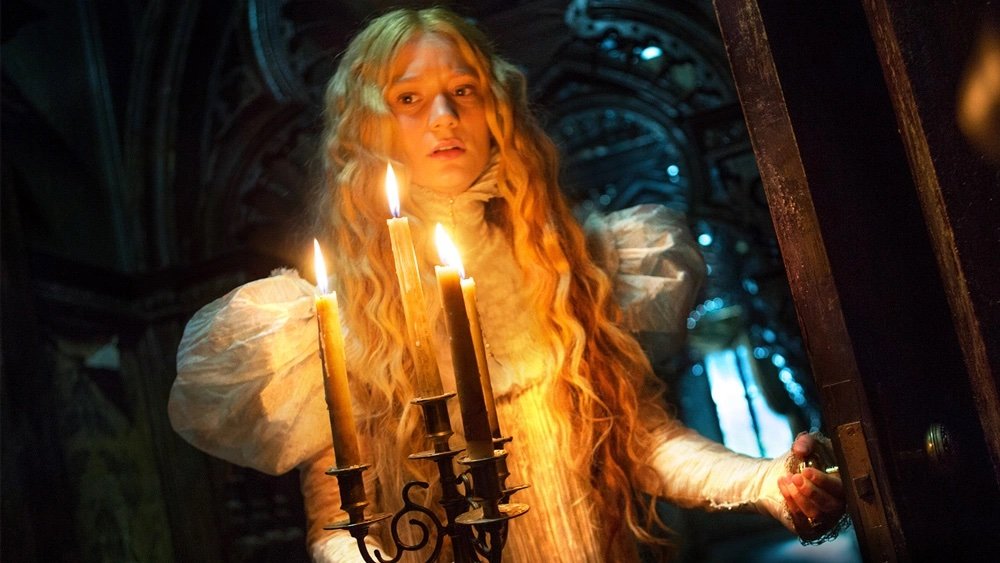
We don’t need to go through each decade because you get the idea. Gothic horror is still spookily rustling curtains in the 21st Century with films like The Others (2001), Pan’s Labyrinth (2006), The Woman in Black (2012), and Crimson Peak (2015). In short, the gothic subgenre may be deliberately old-fashioned but it never goes out of style.
So there you have it, a brief guide to the many subgenres of horror. As you can see, it is one of the most adaptable genres around and, like the shapeshifting alien in John Carpenter’s “The Thing,” regularly takes new forms as cinema changes around it. Who knows what new hybrid terrors will emerge in the future?
